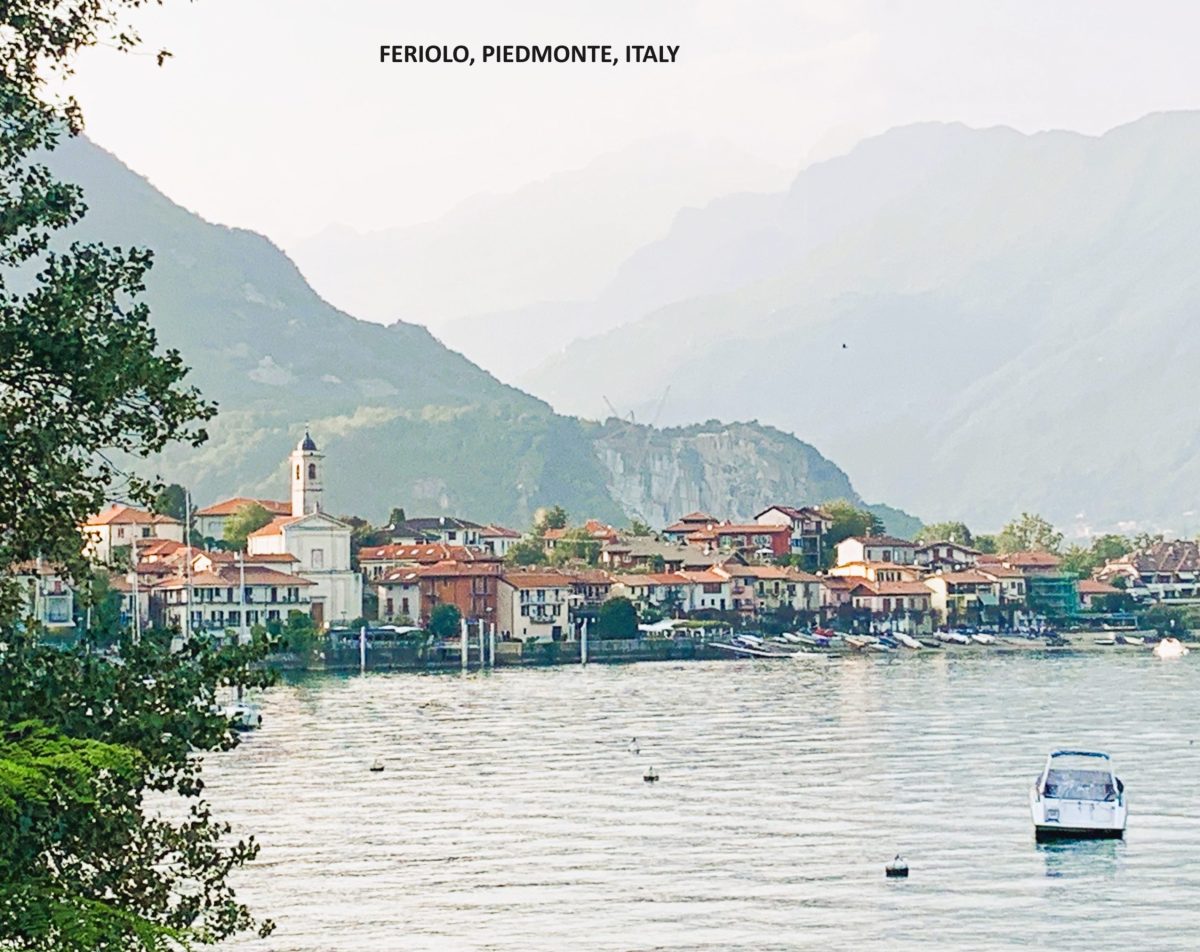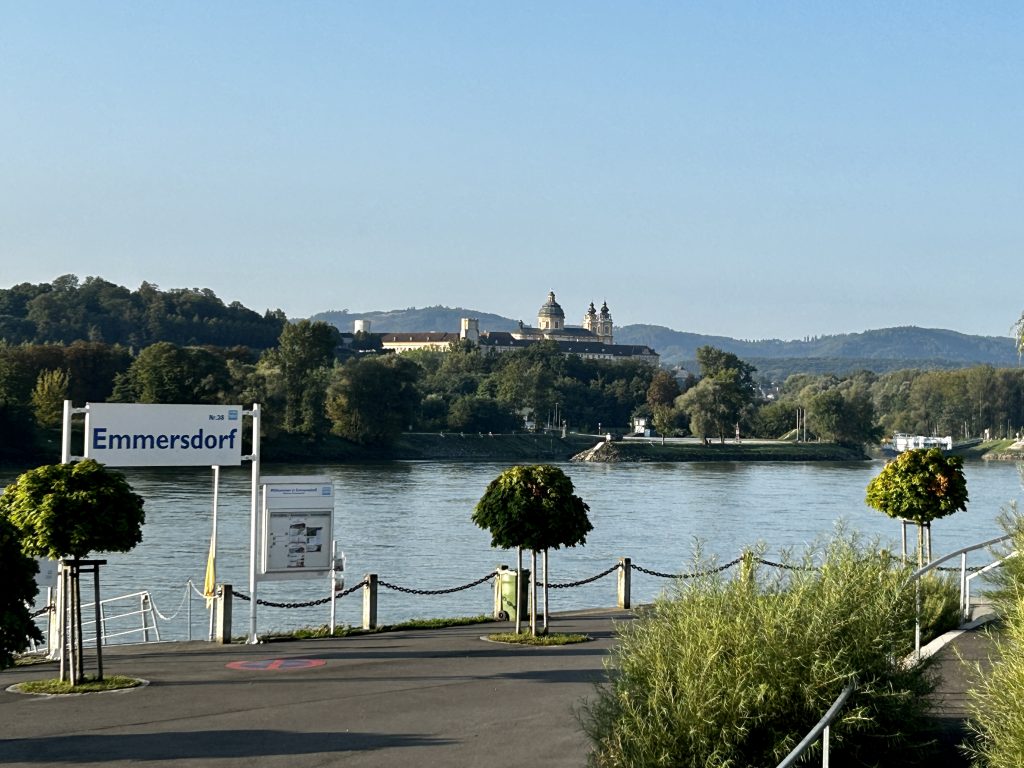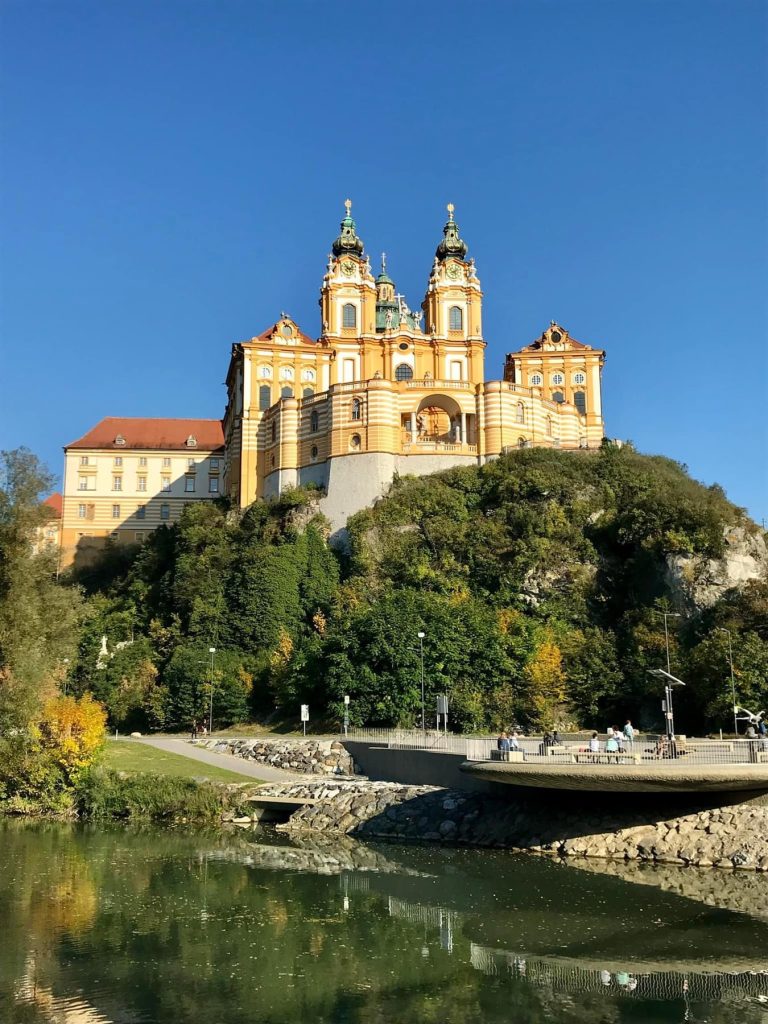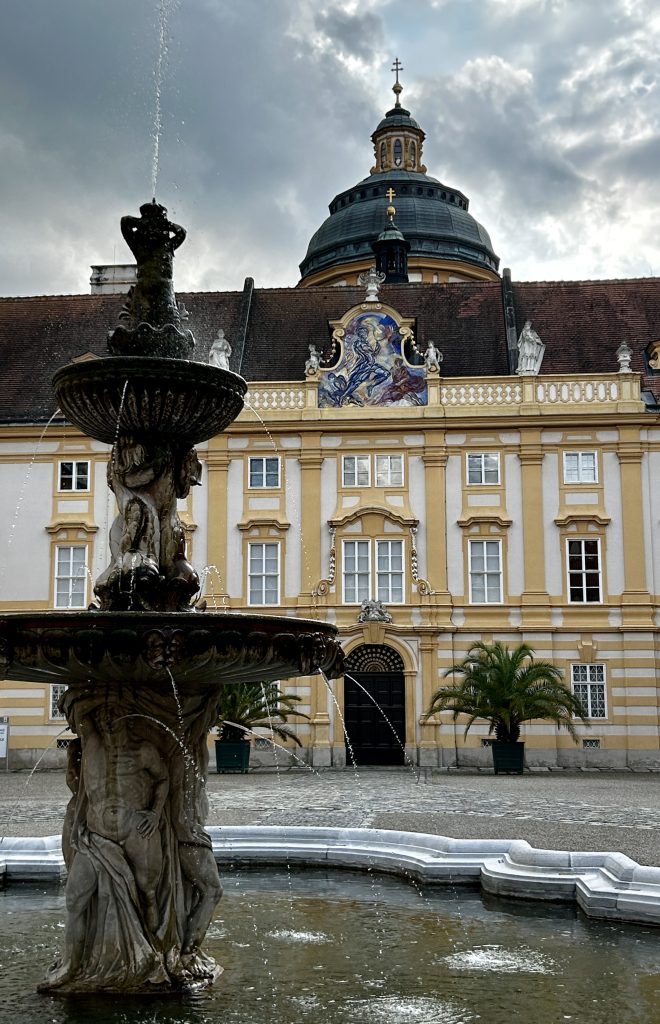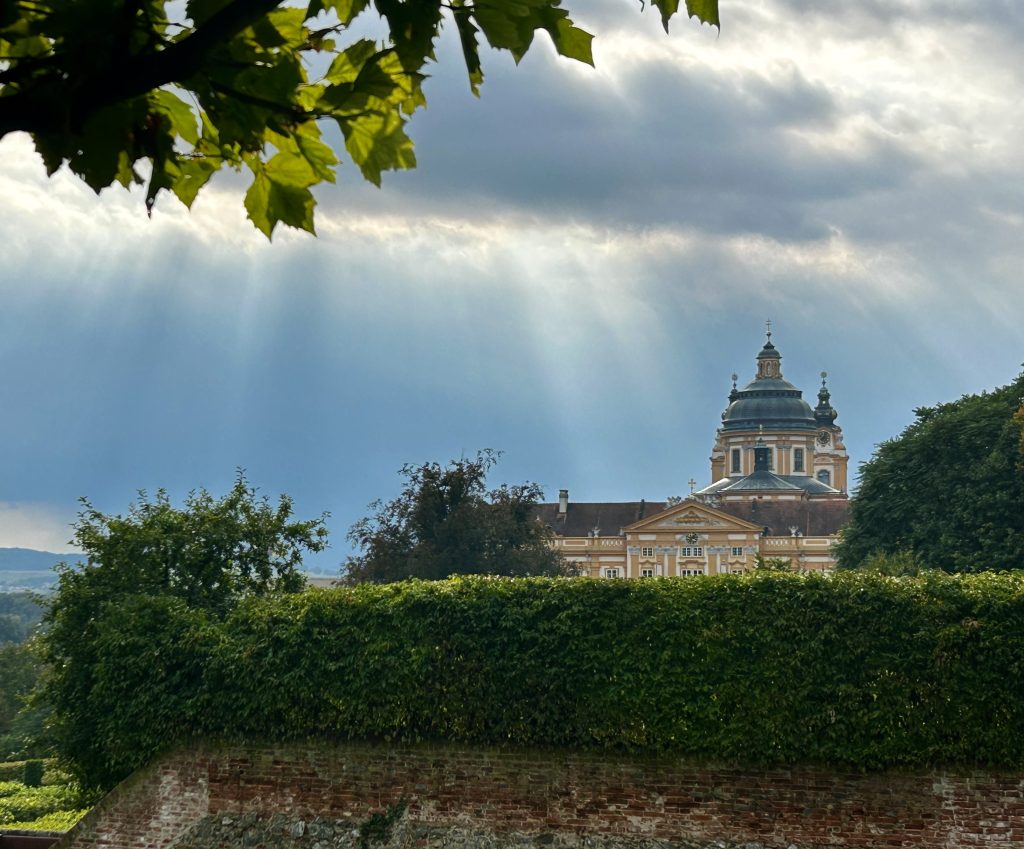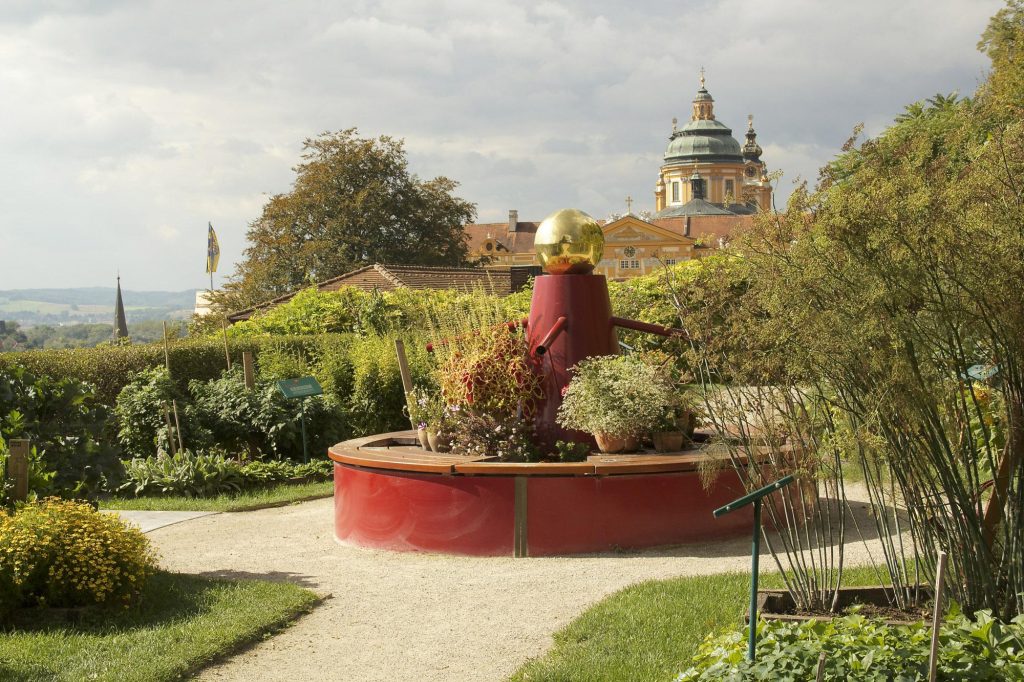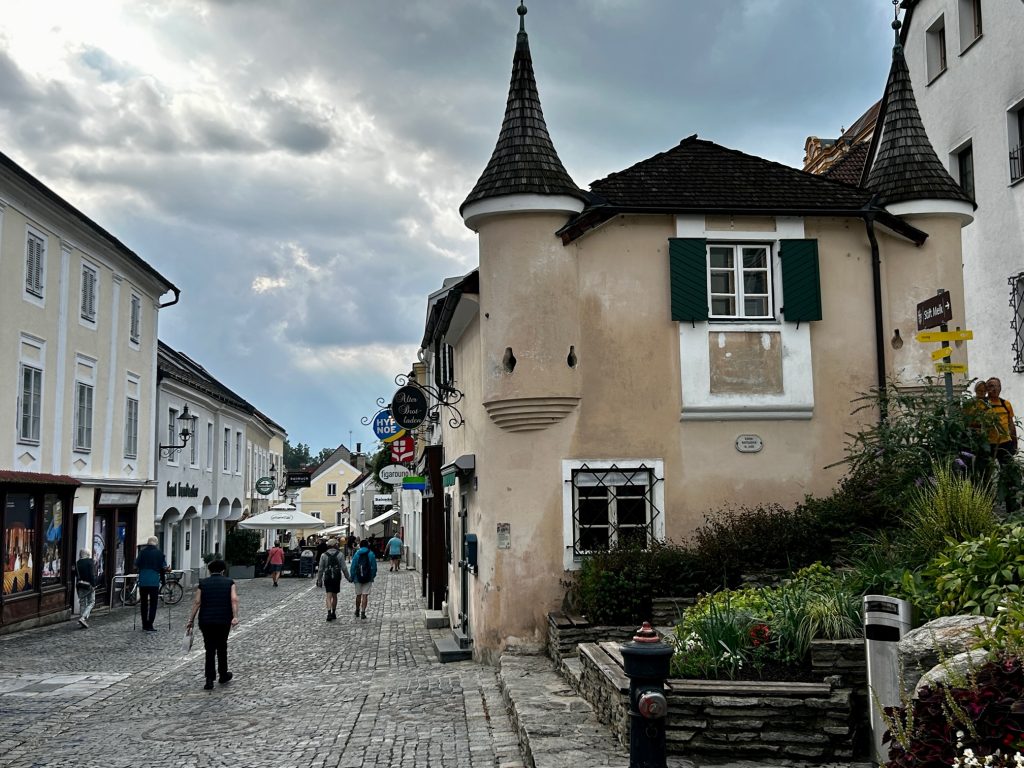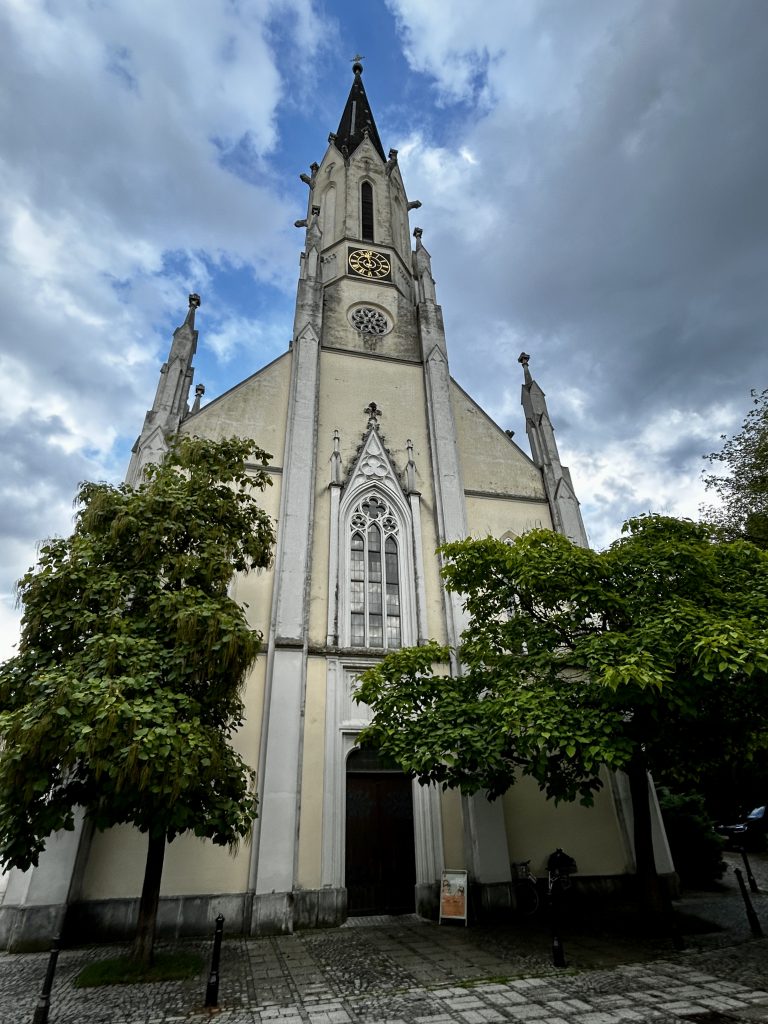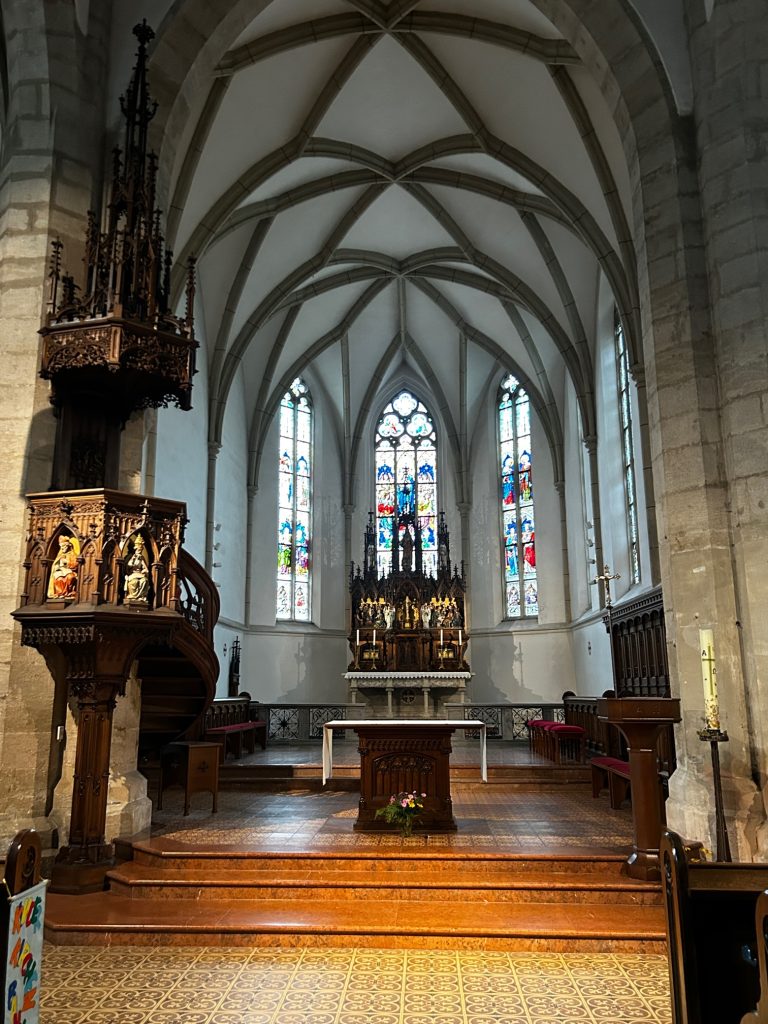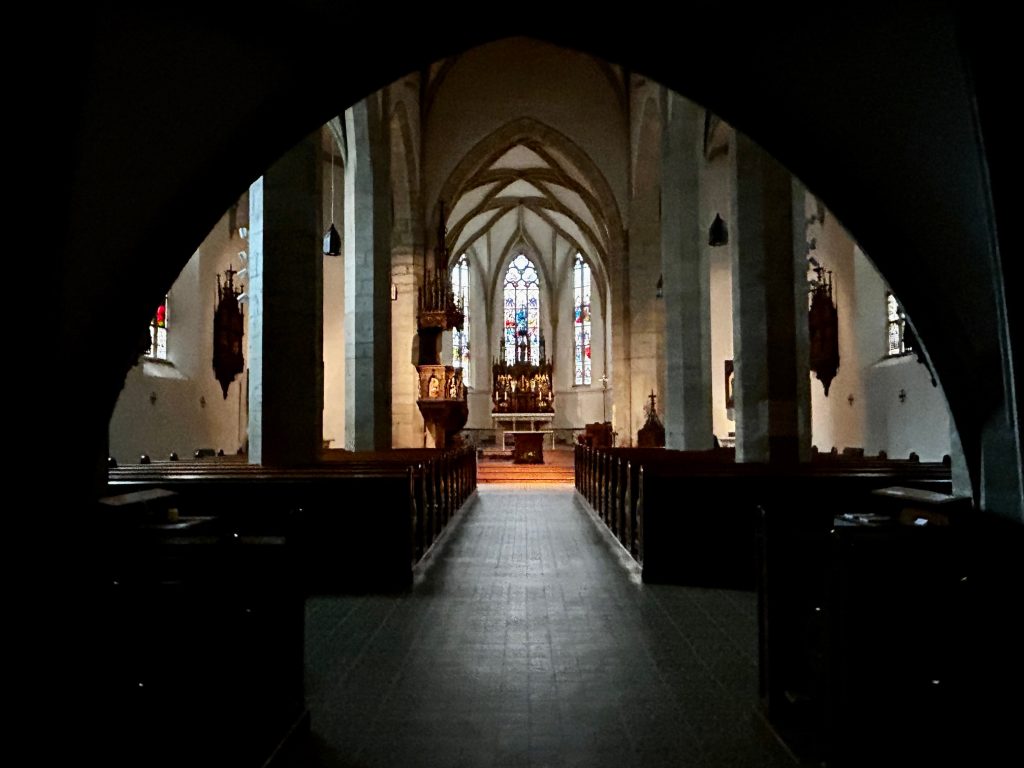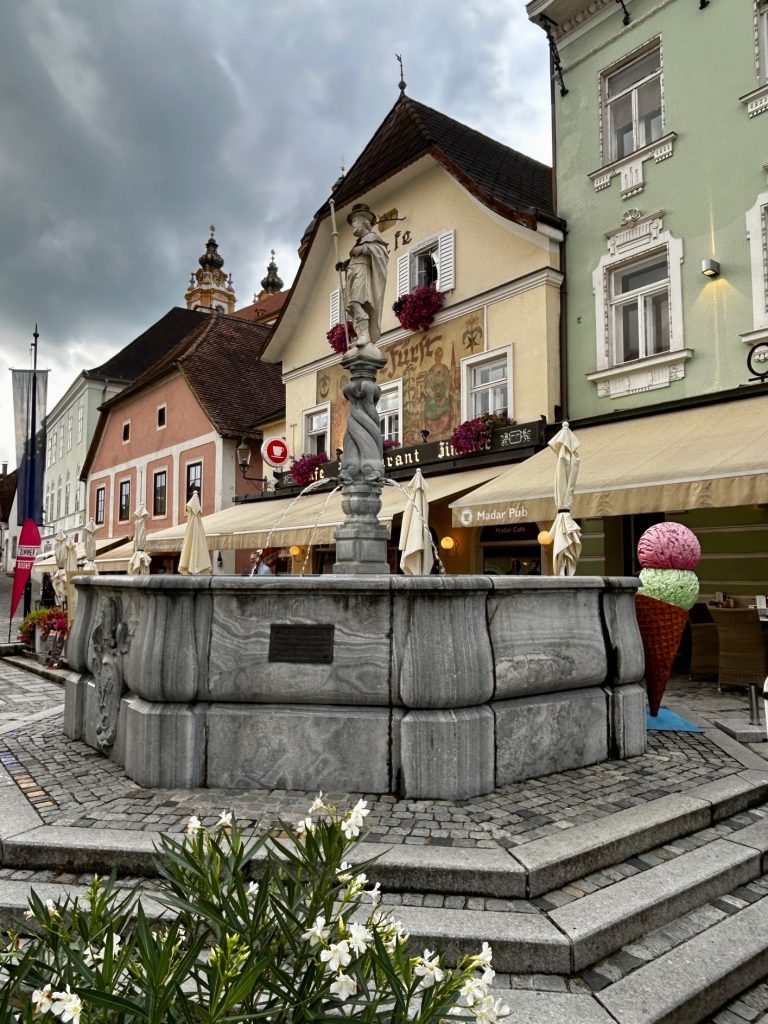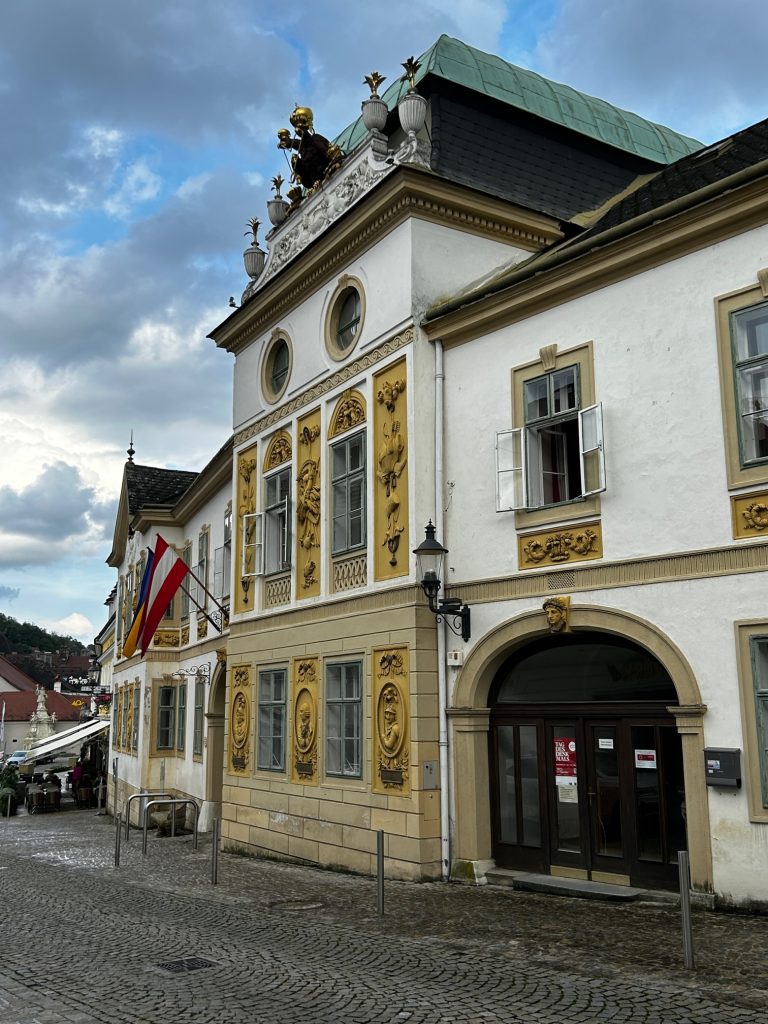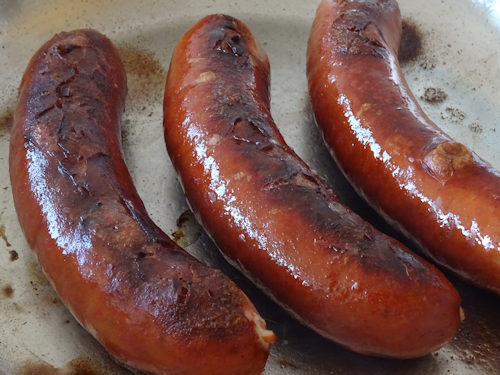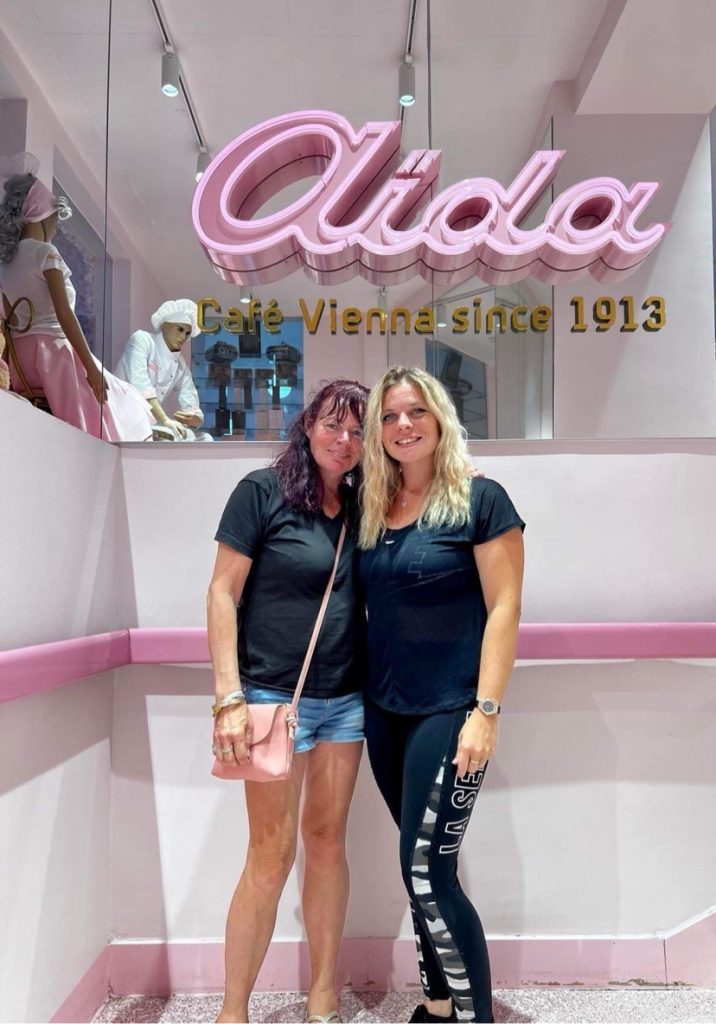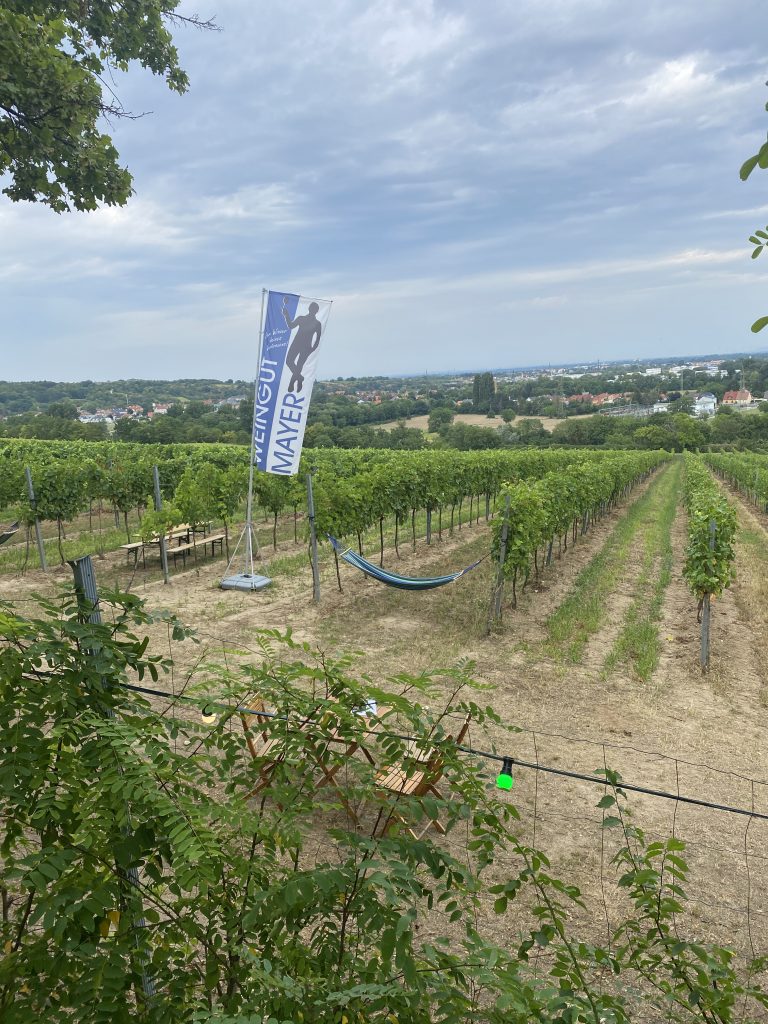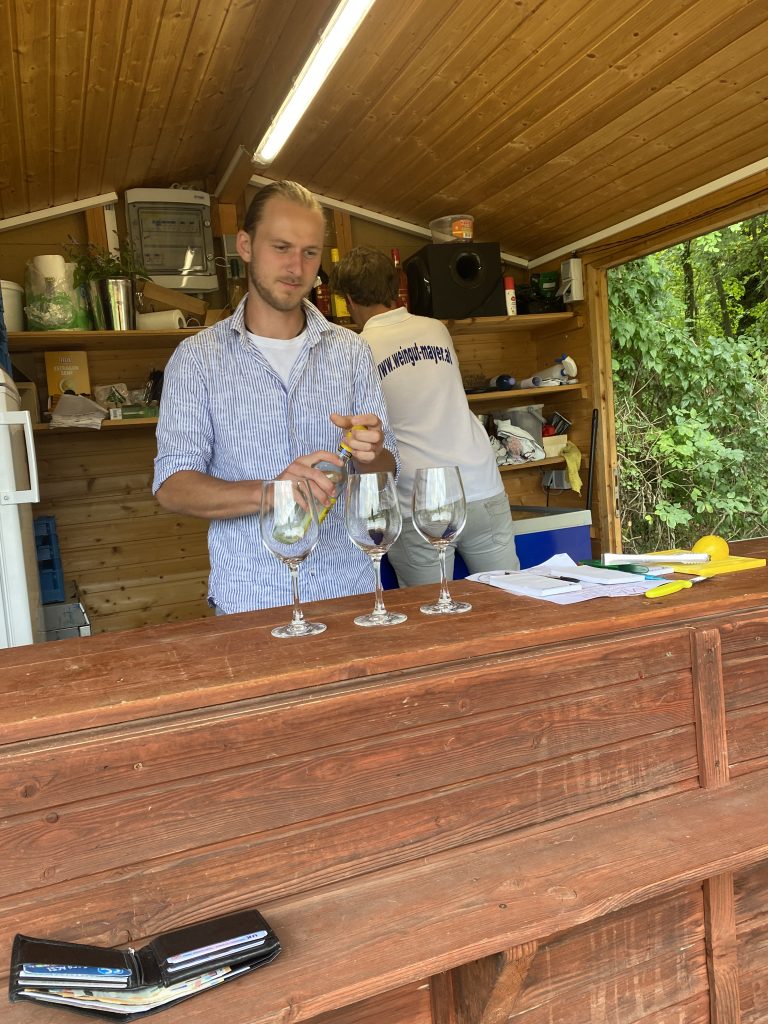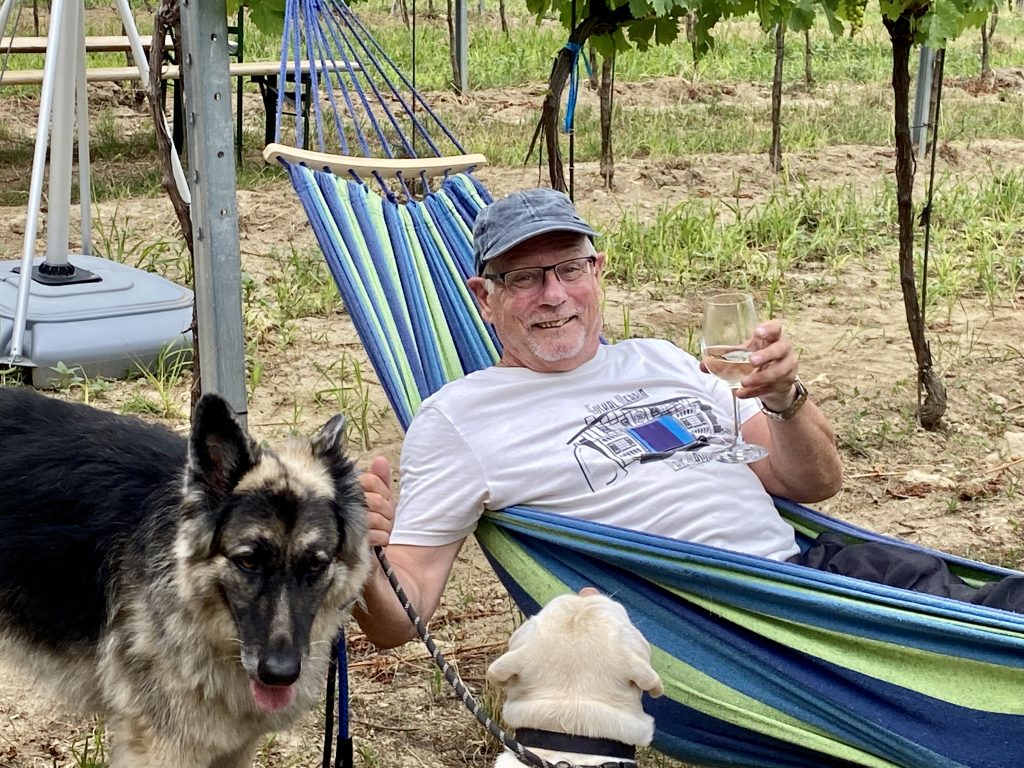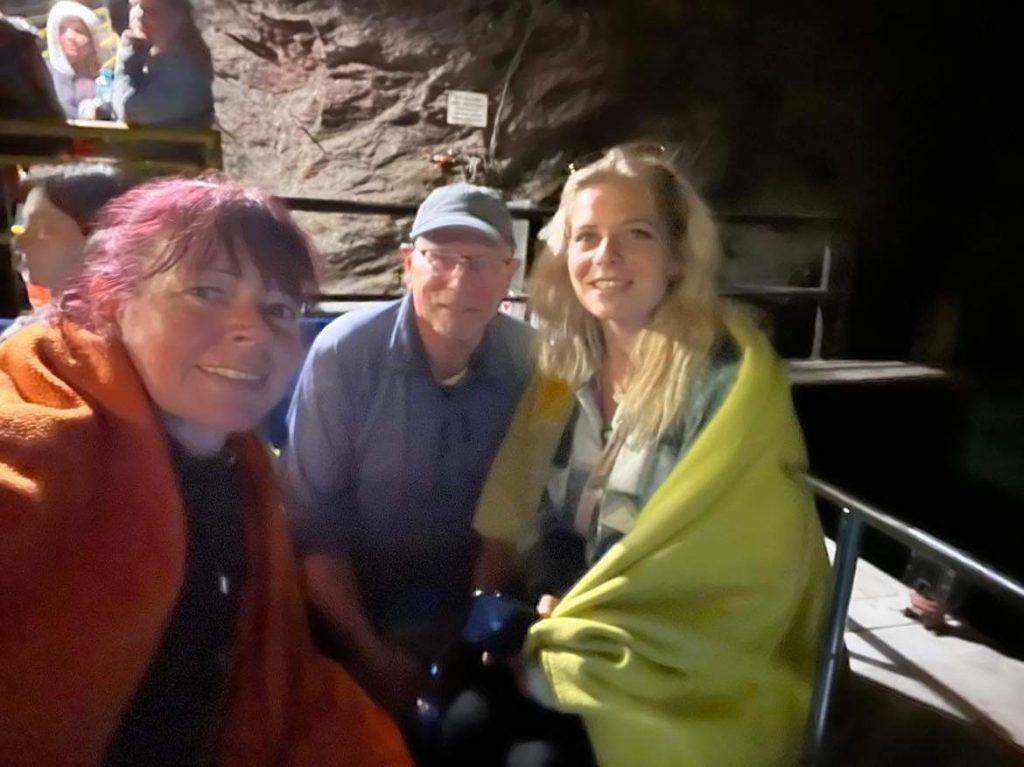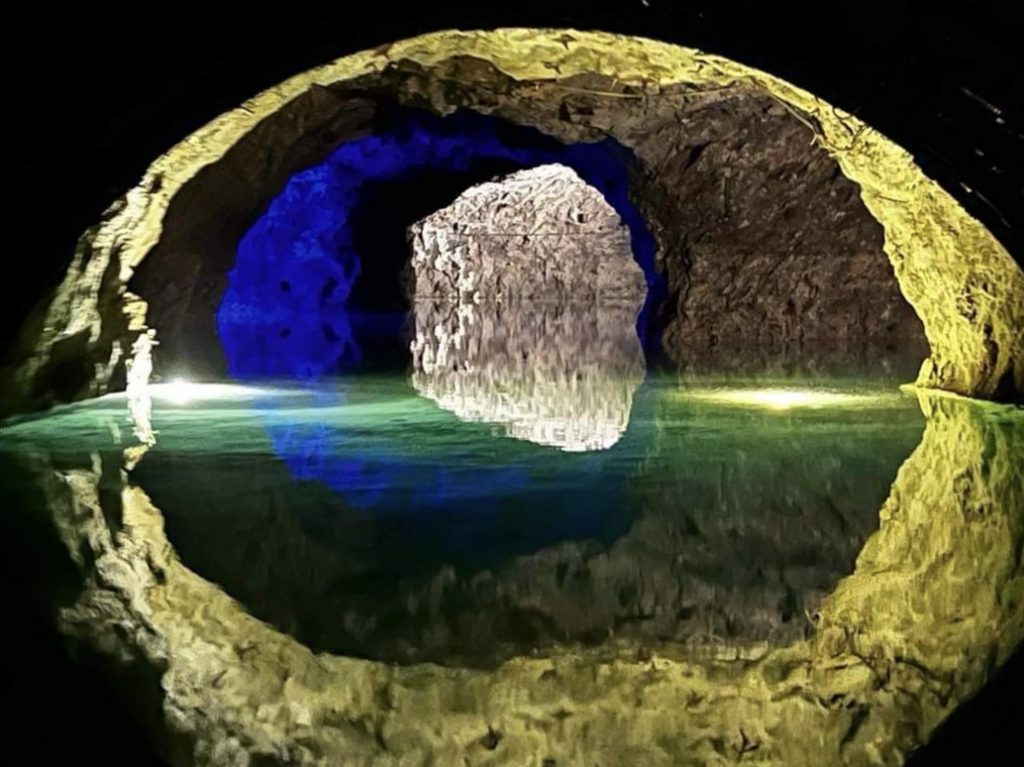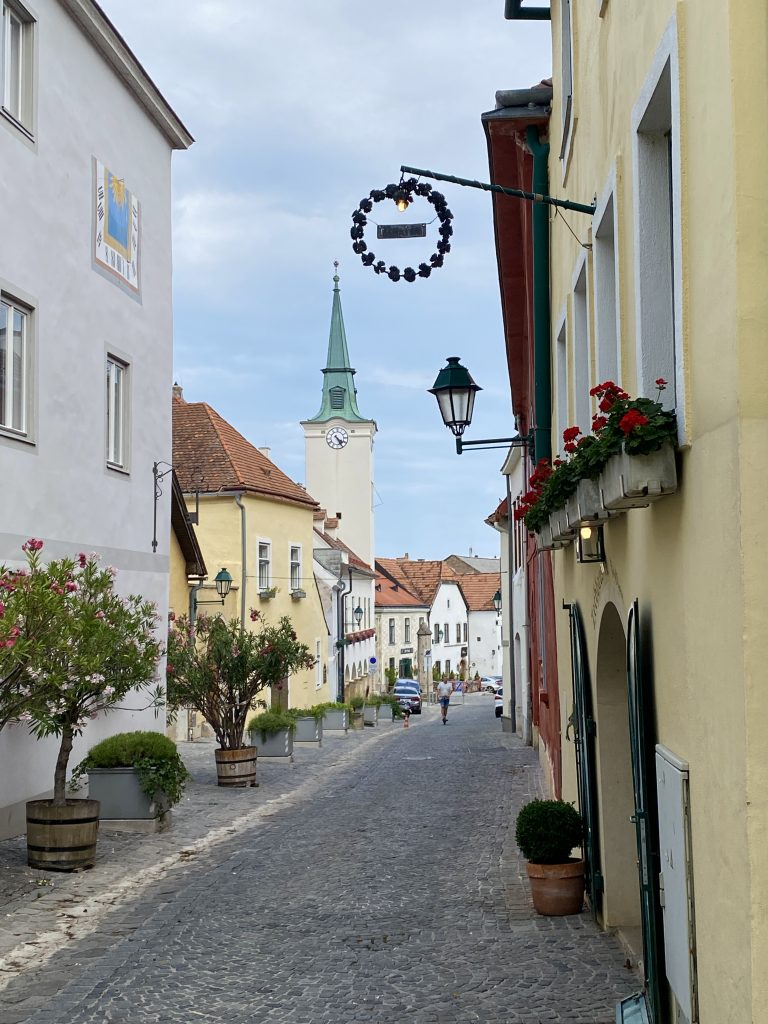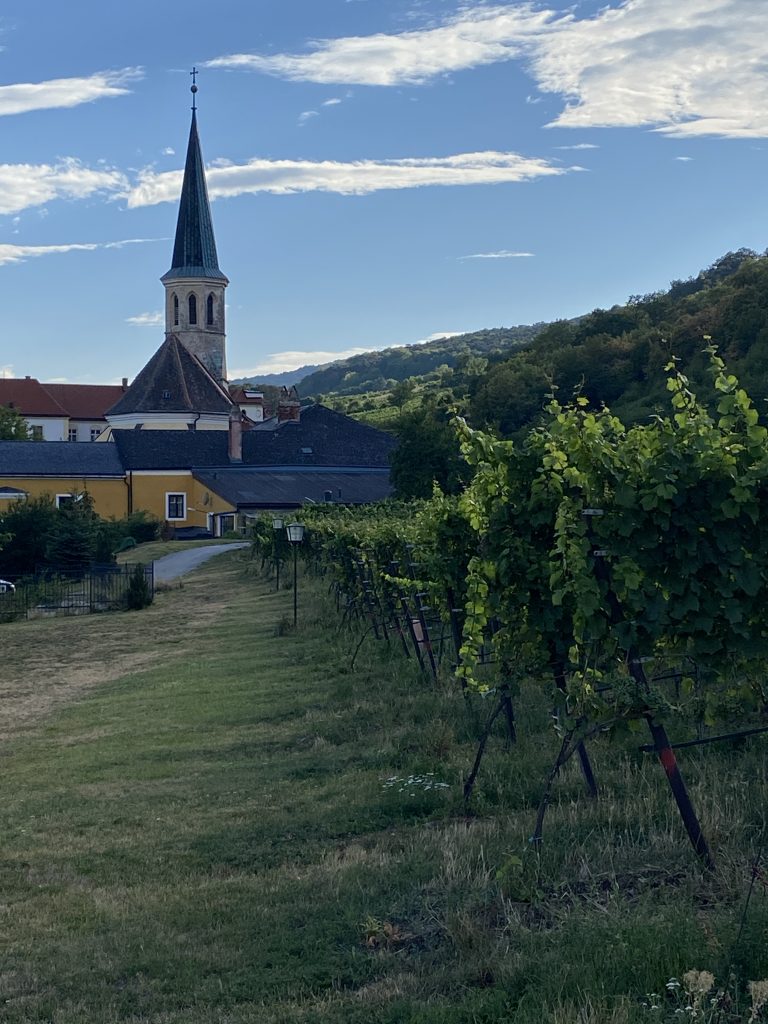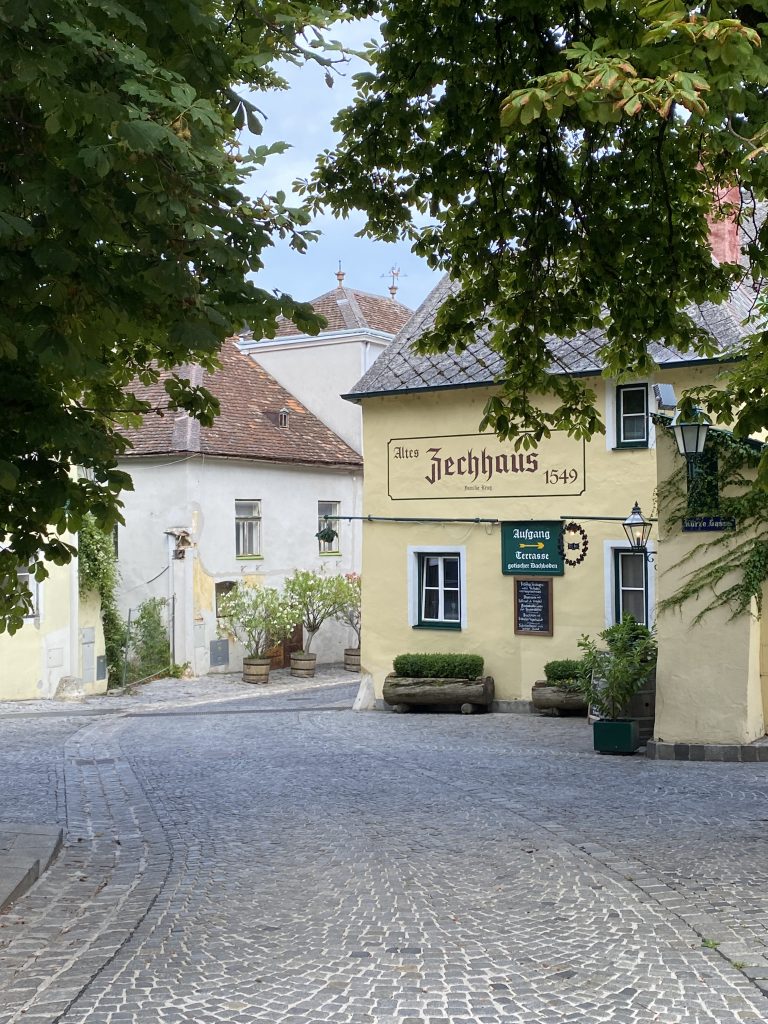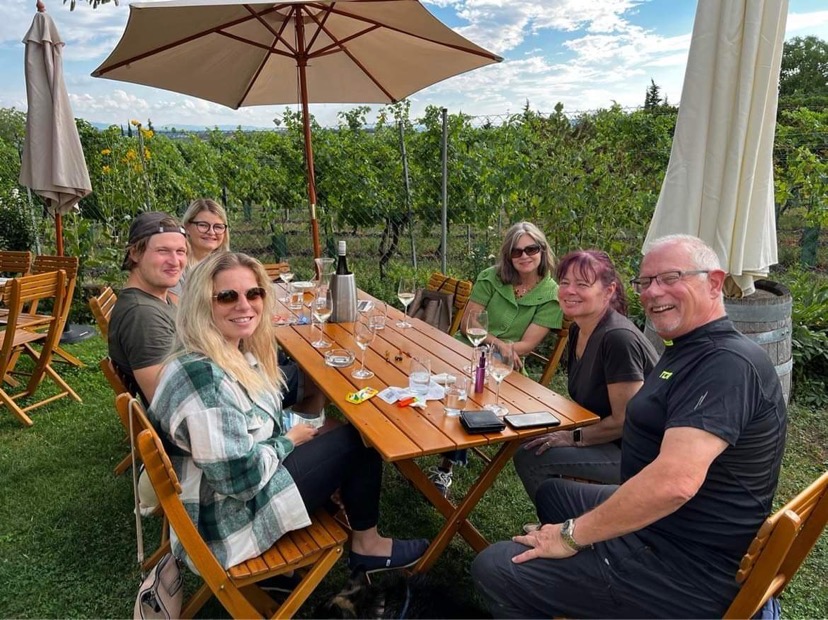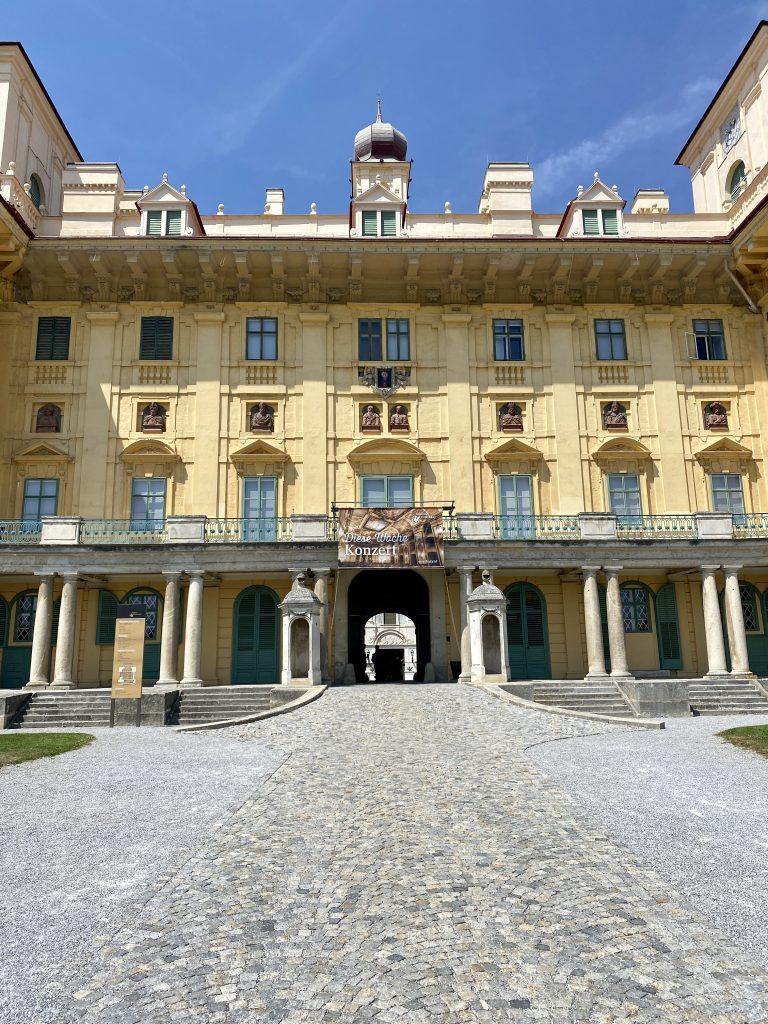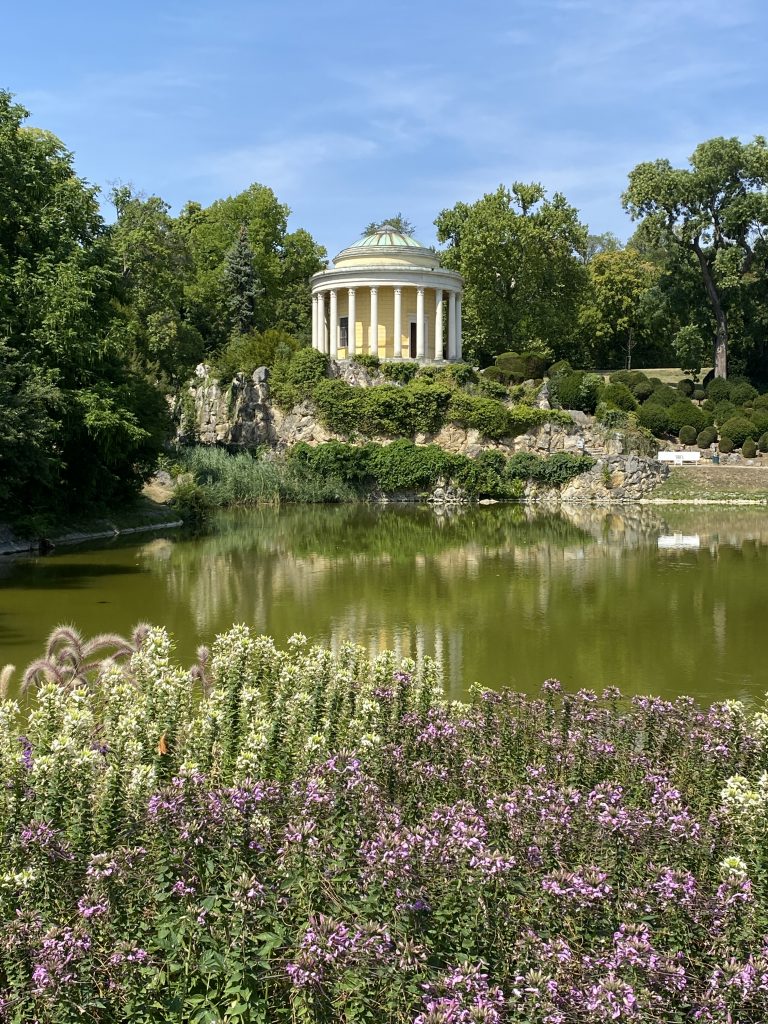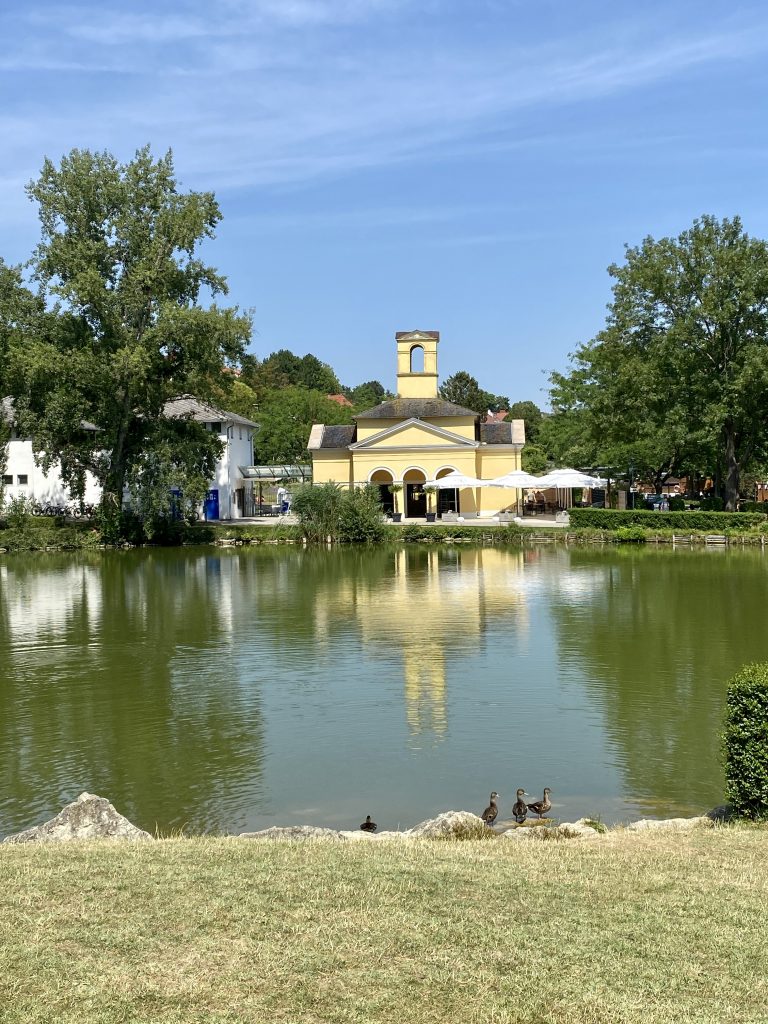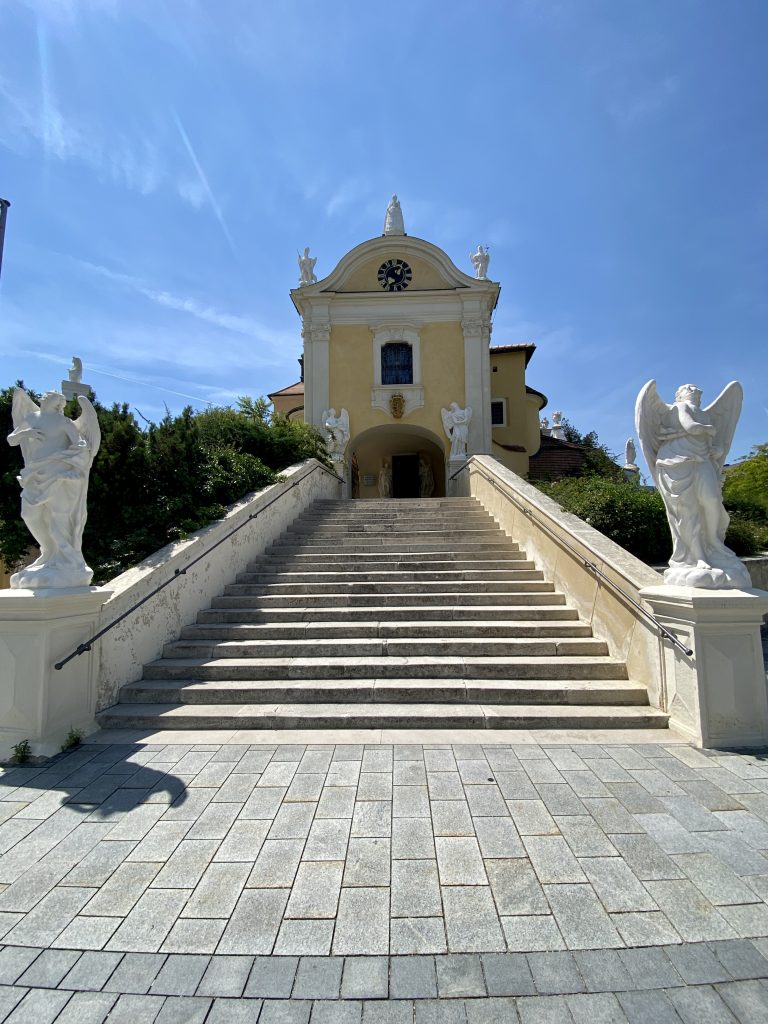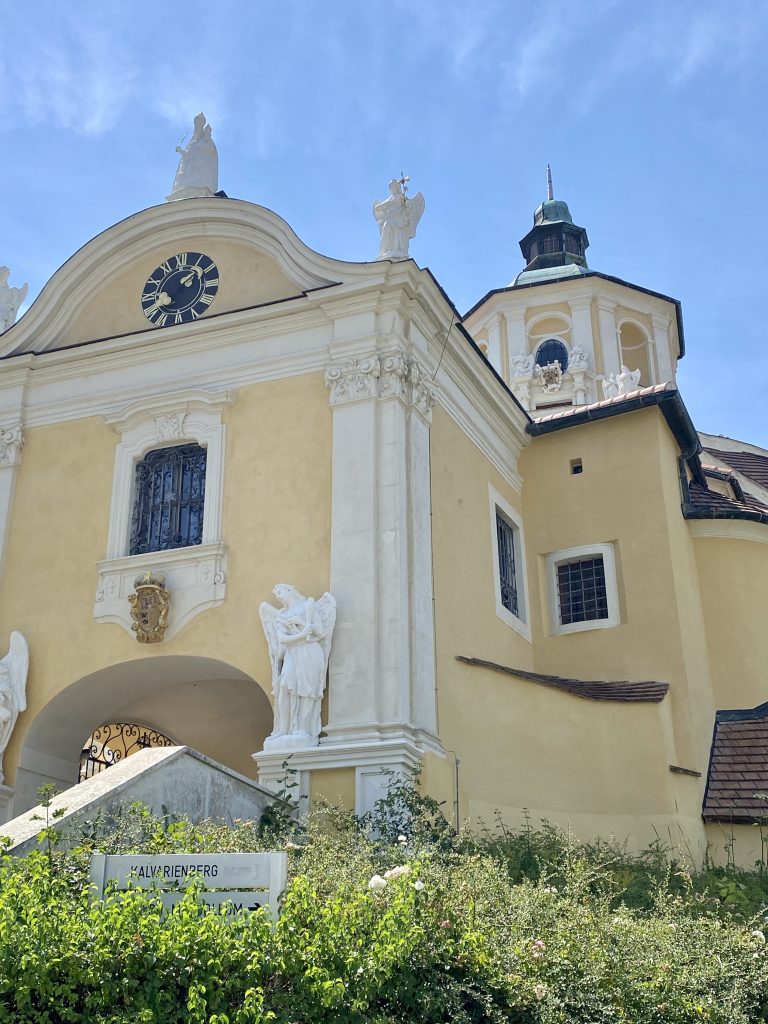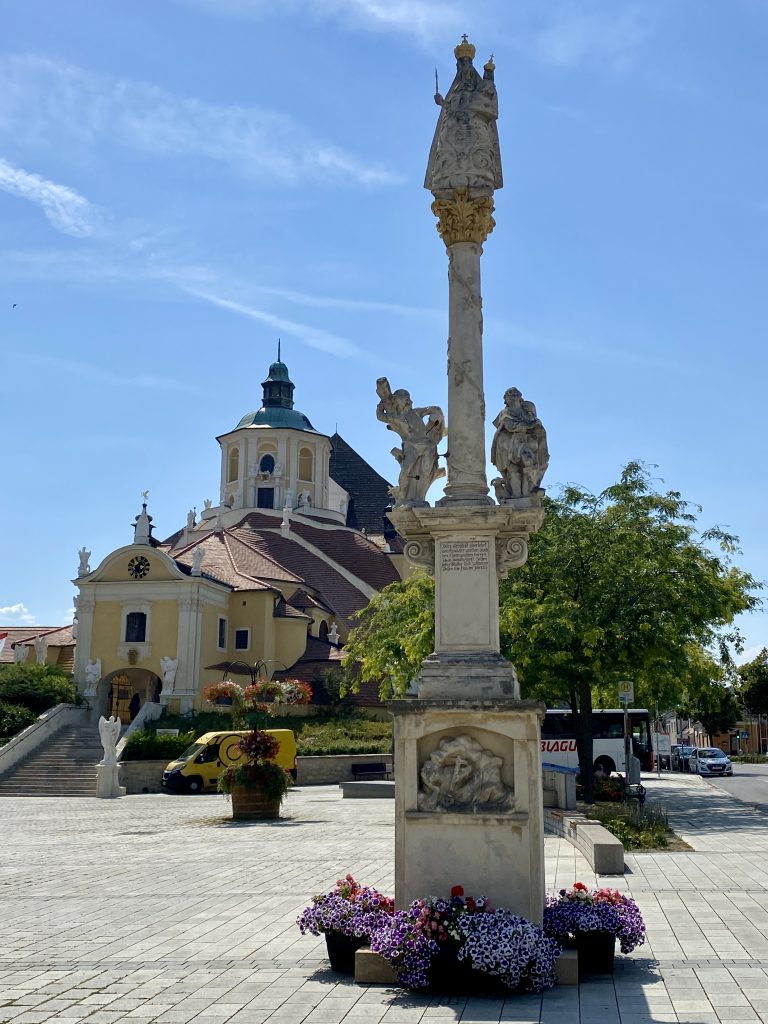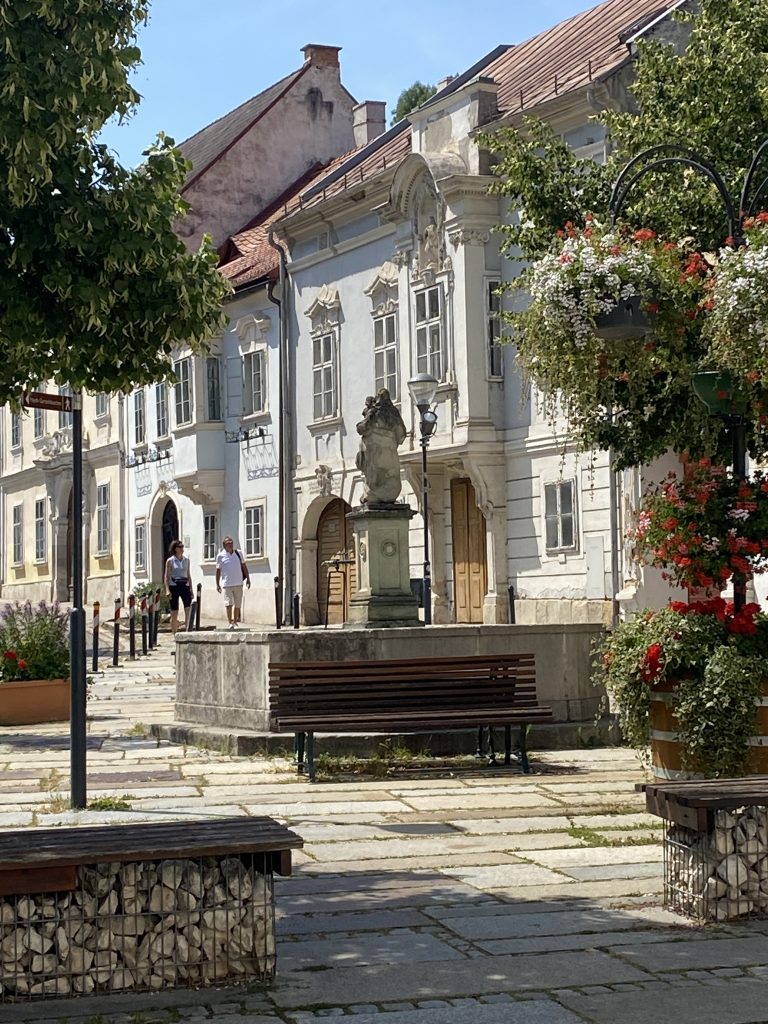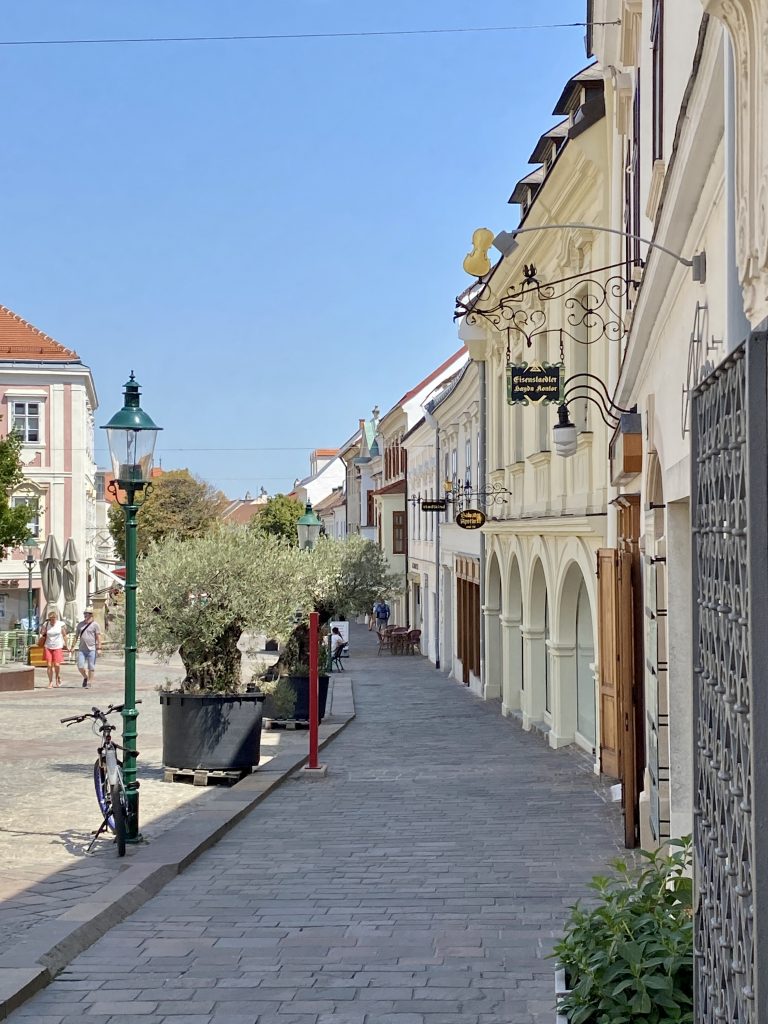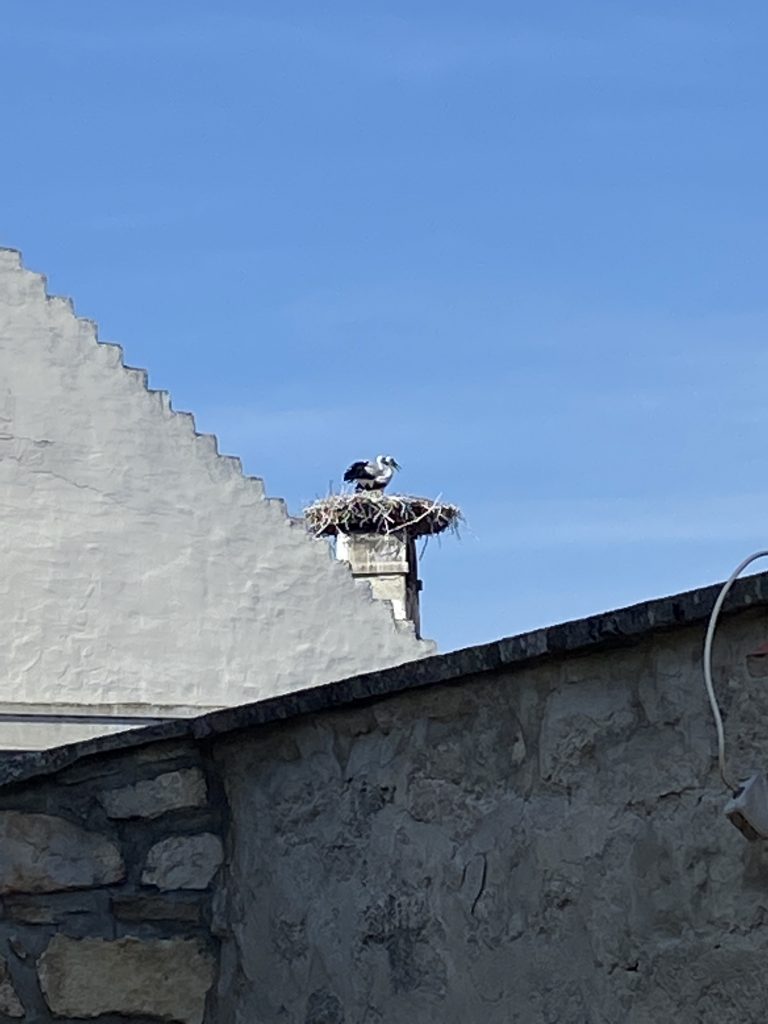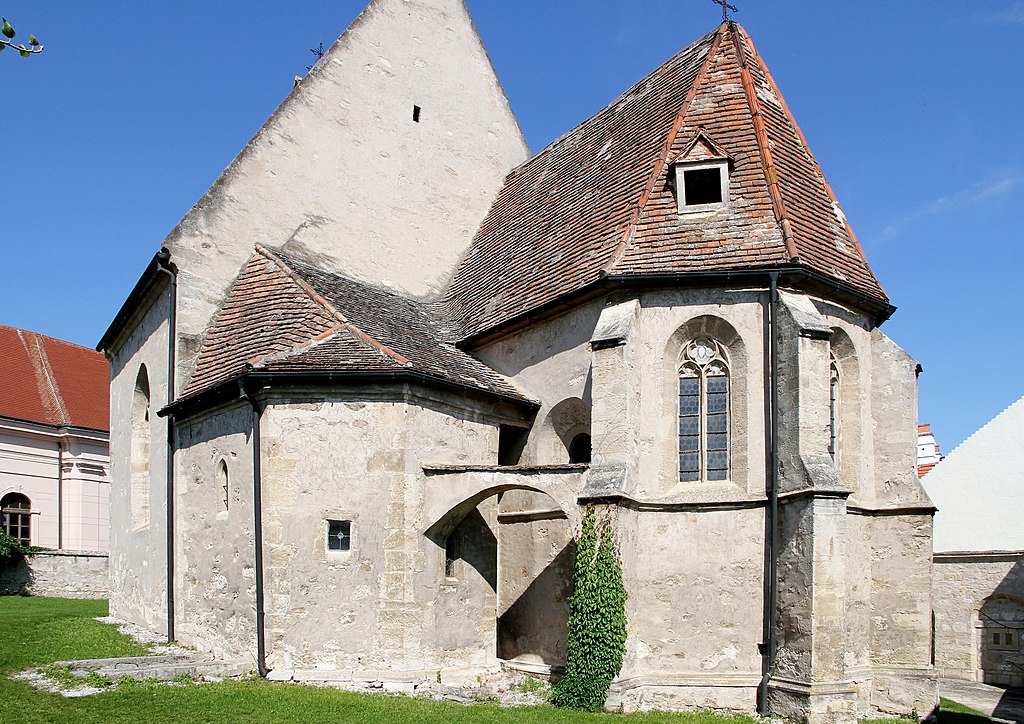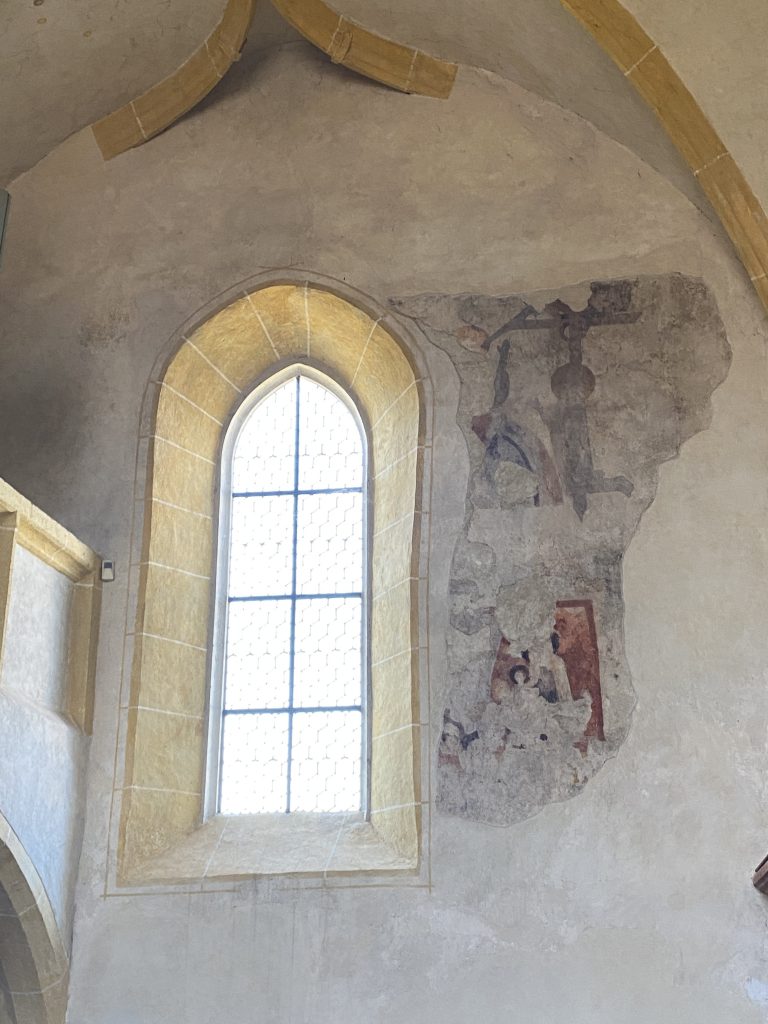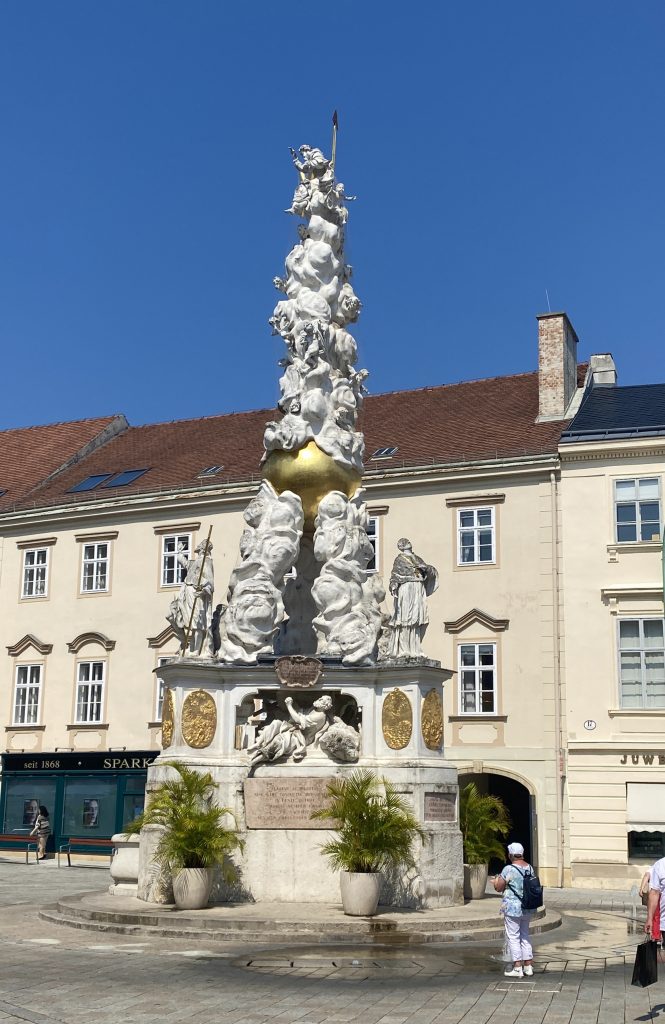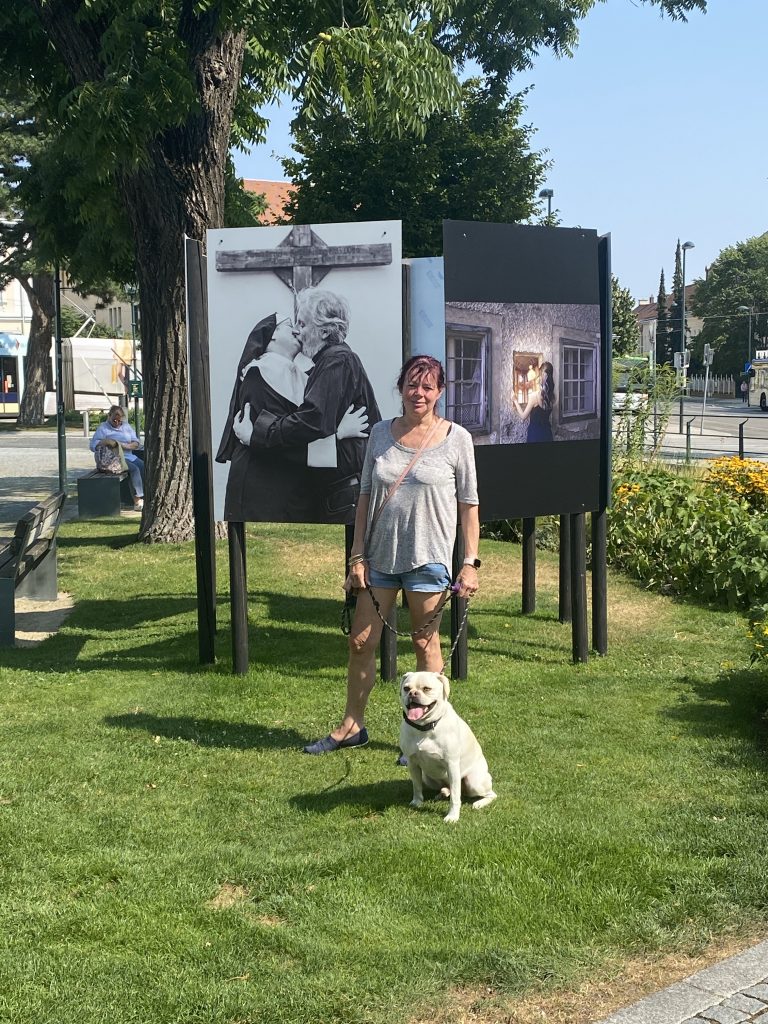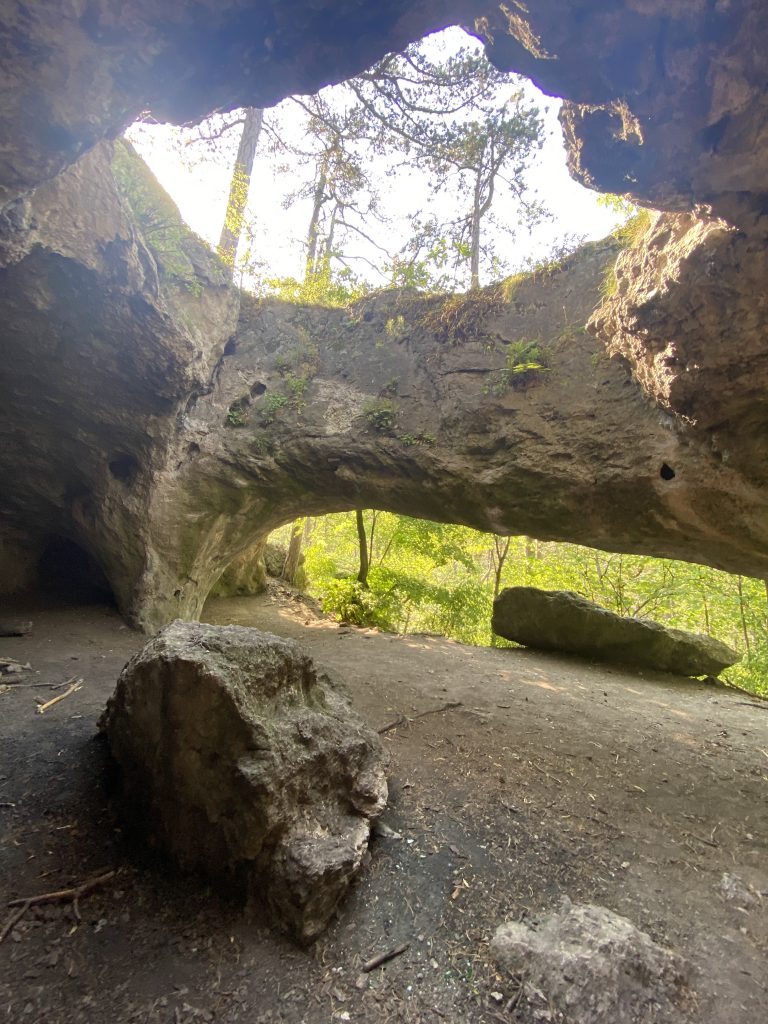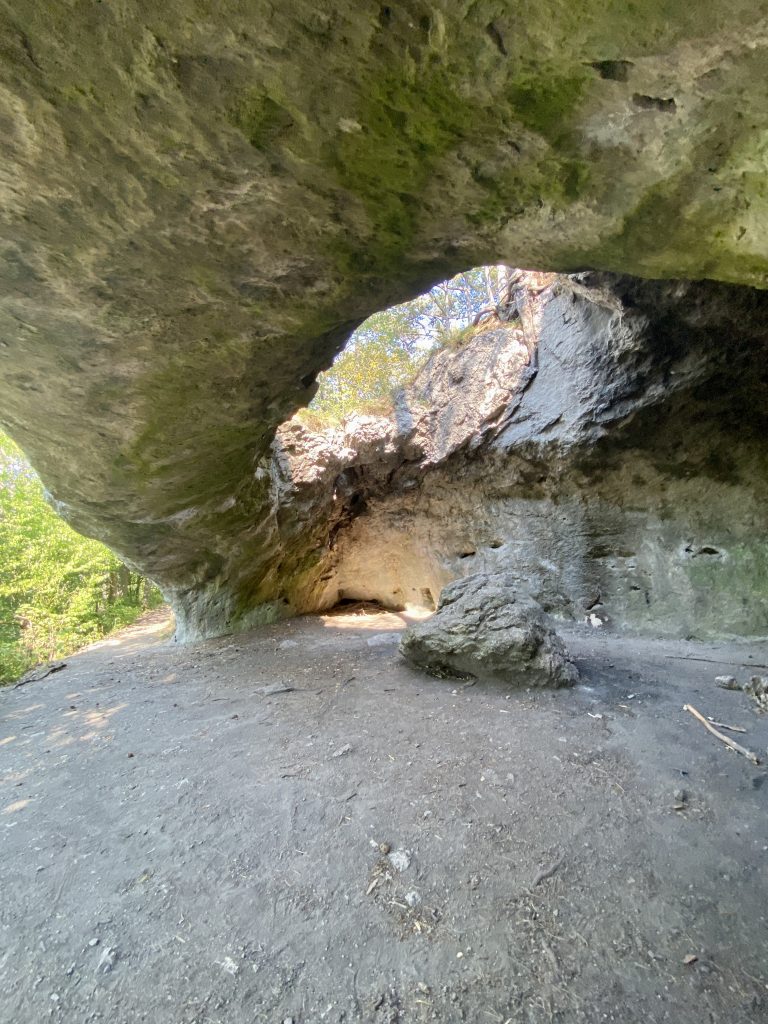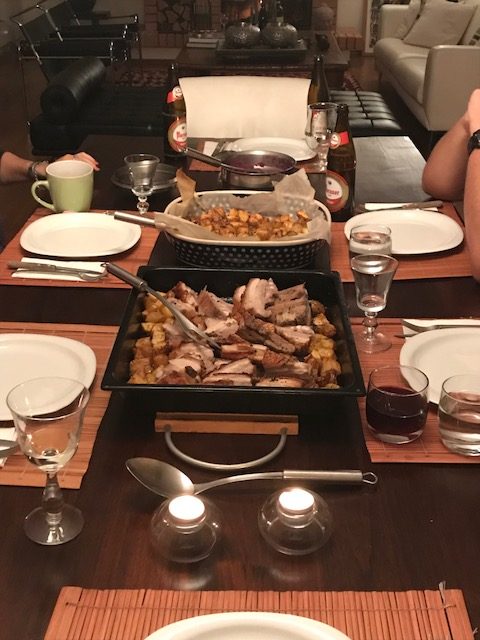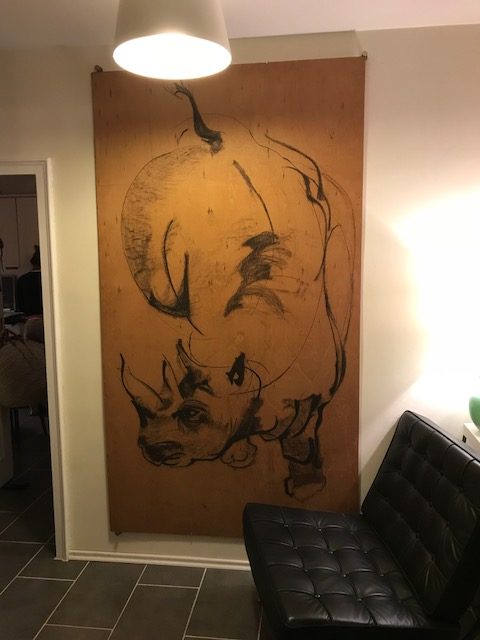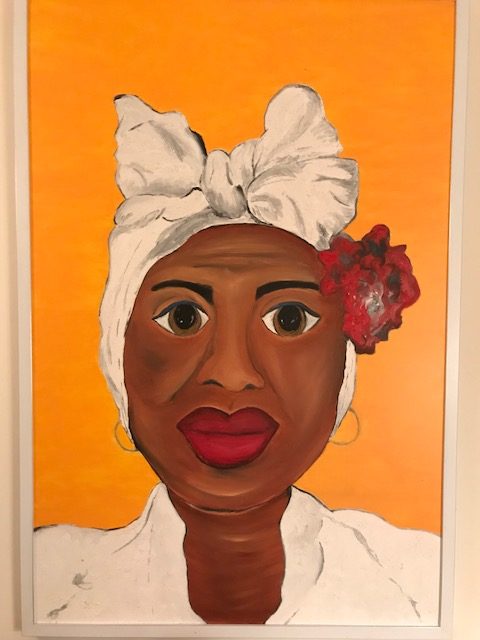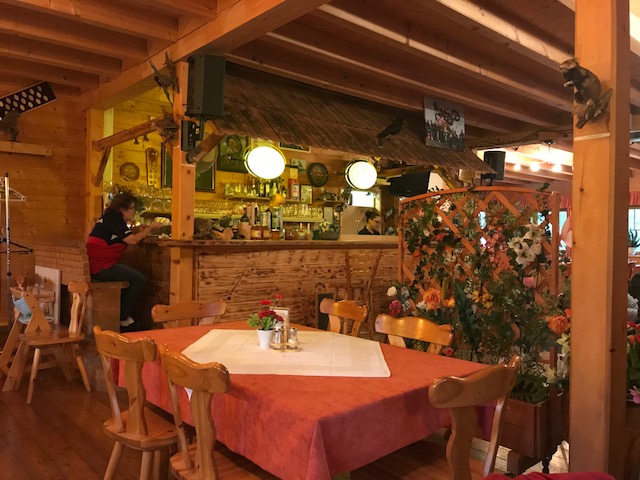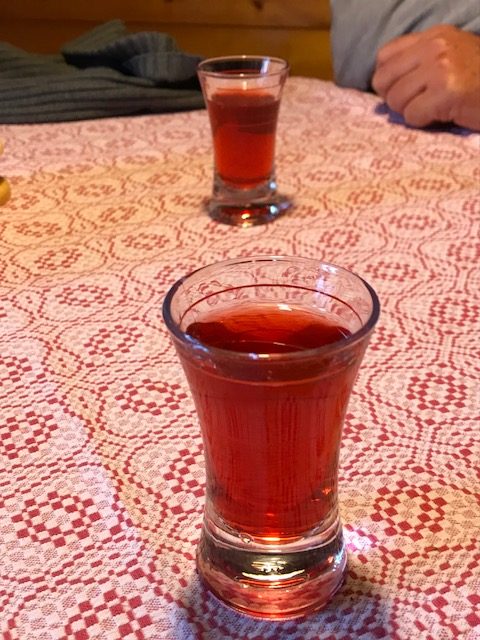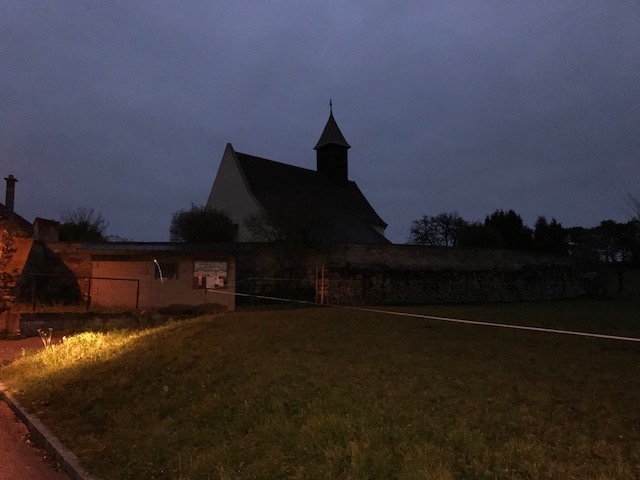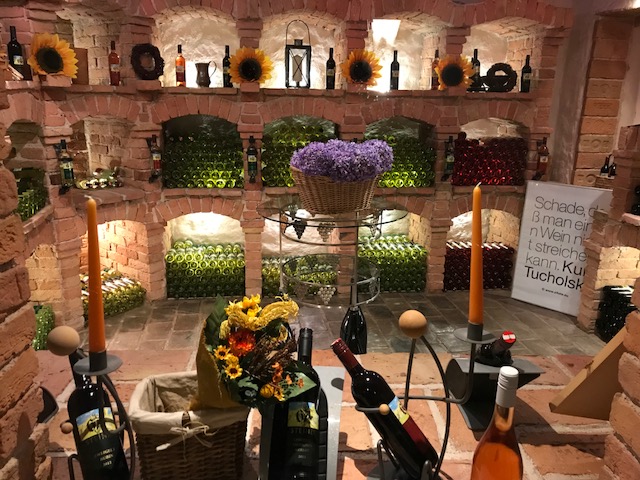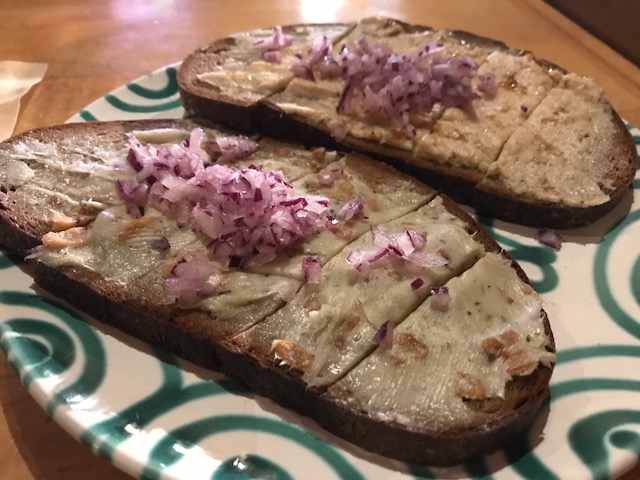It is always a pleasure returning to Enzesfeld to see longstanding friends the Familie Gedik. It is enough to enjoy the company of such friends but an added bonus to any visit is that we are invariably introduced by them to new and fascinating parts of Austria.
During this all too brief stay in Enzesfeld we revisited Baden bei Wien (and experienced for a second time in two years the annual international photography event, the Festival la Gacilly – Baden) and visited, for the first time, a heurige renowned as much for food as wine in the small town of Lichtenworth.
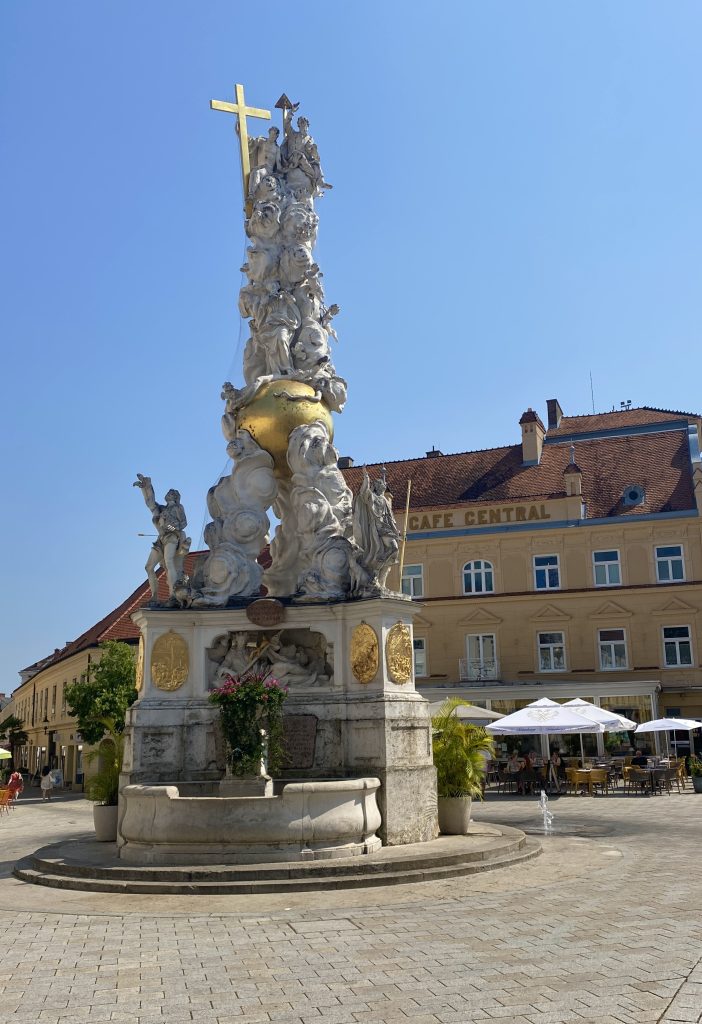
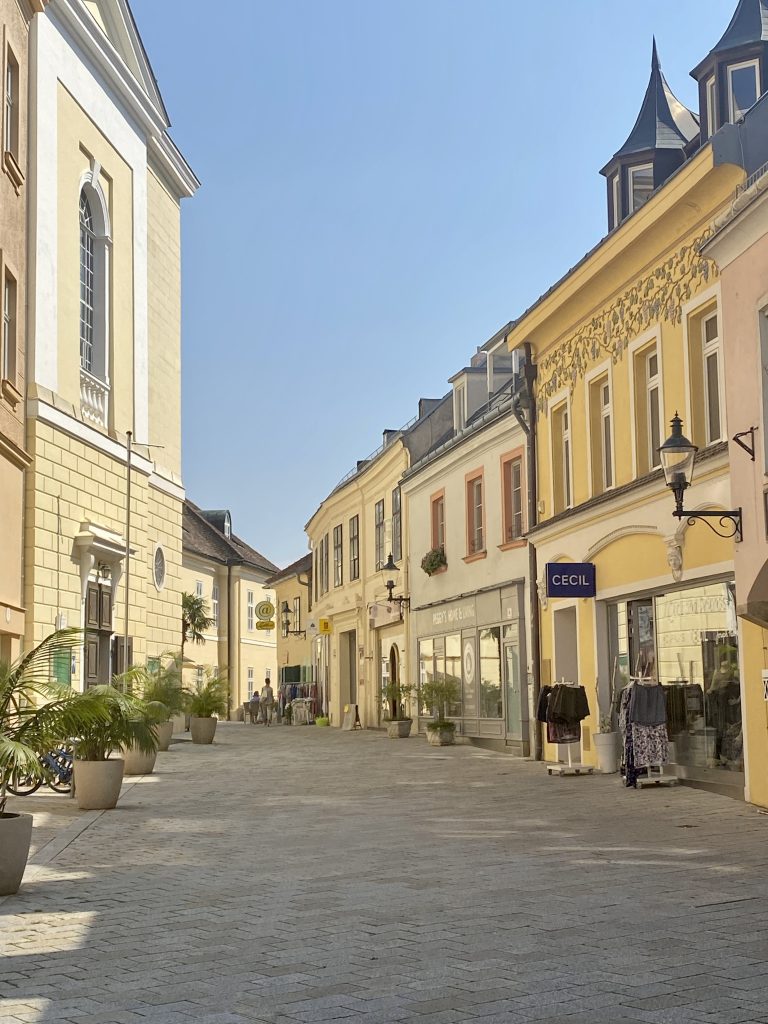
Baden bei Wien has featured in a number of my earlier blogs under the heading of Baden or Enzesfeld. Vanya and I visited the town last year, Tour 6, and enjoyed part of the 2022 Festival La Gacilly-Baden (the largest open air photo exhibition in Europe) and Gerhard and I were keen to see the 2023 Festival.
La Gacilly, a small town in Bretagne France (which incidentally is home to the large cosmetic firm Yves Rocher) has held an annual photography festival since 2004 but a few years ago the town agreed to change it’s format and collaborate with Baden to produce the ‘Festival La Gacilly-Baden’. The revised Festival, now in it’s 6th year, serves to showcase through contemporary photography, the beauty of nature and the need for it’s protection from deliberate or negligent human actions. Each exhibition is shown one year in La Gacilly and the next in Baden (with a little regional variation thrown in). This year’s festival in Baden amounted to a 7km long gallery around the town of 1,500+ large format photographs with a double focus (forgive the pun) towards the “Orient” and “Ecocide”. In truth it would have been more apt to use “Persia” as opposed to “Orient”since most of the artwork on display was submitted by photographers from Iran, Afghanistan and Pakistan (although there was some really thought provoking work created by a Kinshasa art collective).
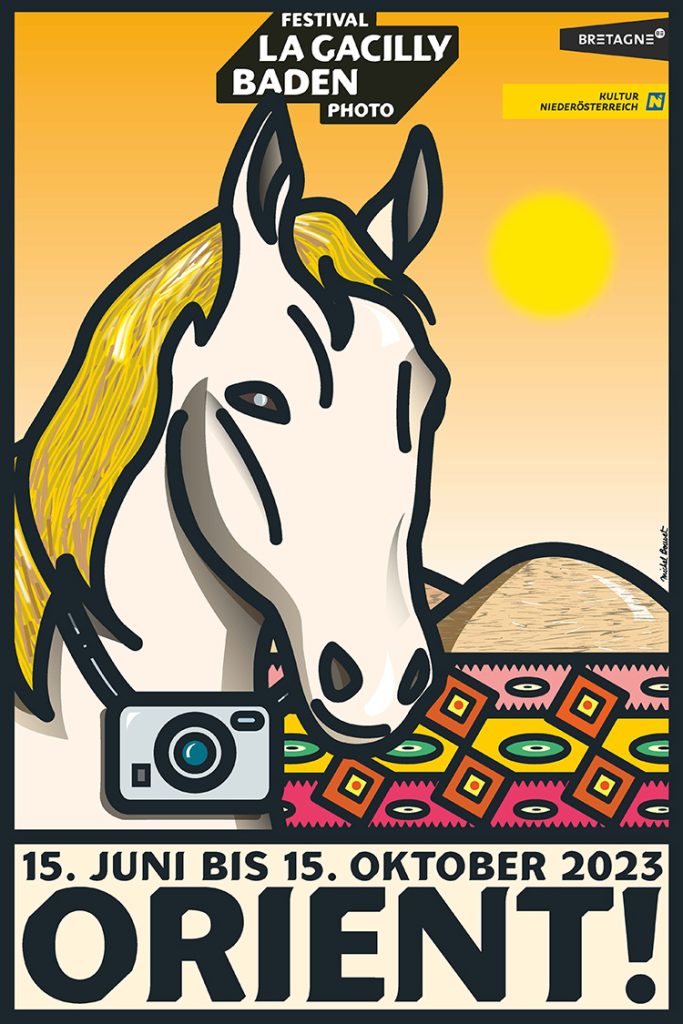
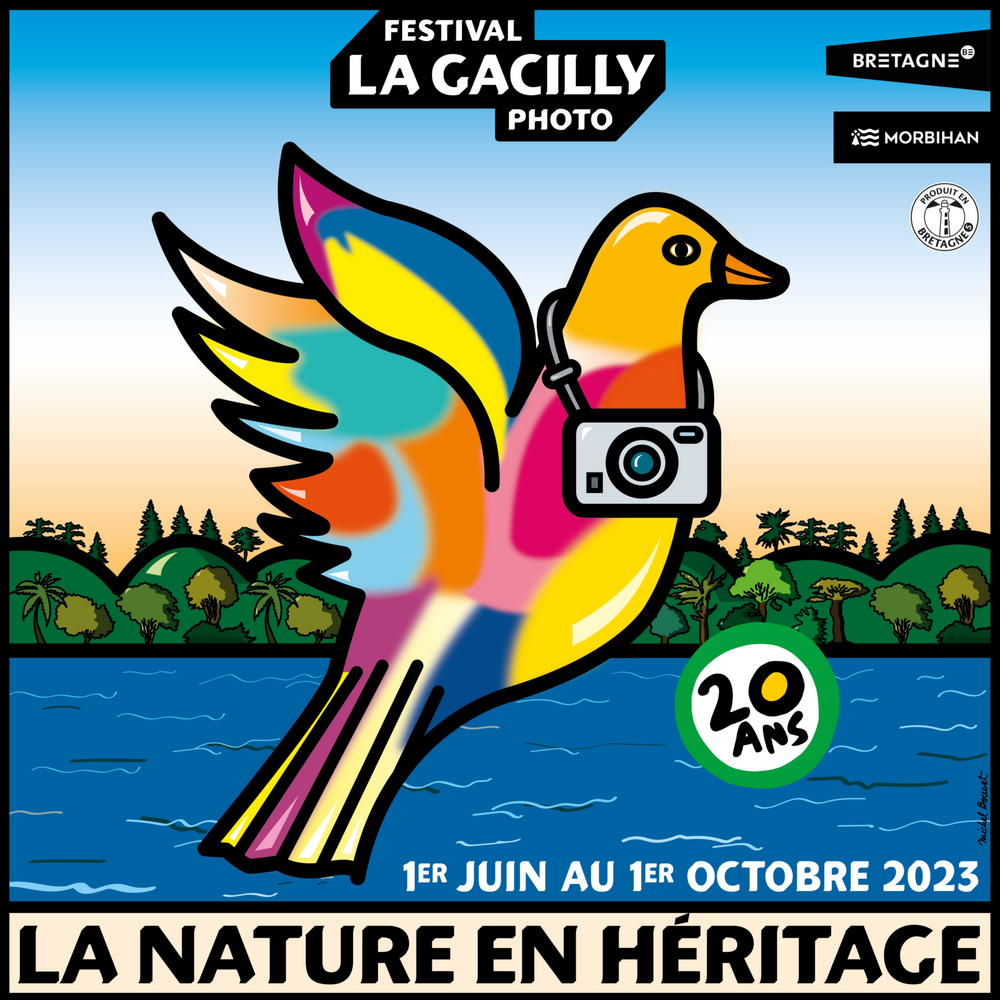
Posters advertising this year’s Festivals in Austria (Orient) and France (Nature as Heritage). The French exhibition, featuring work by photographer’s from Brazil, Ivory Coast, Italy and the USA, will move to Austria next year and who knows what the theme for 2024 will be in La Gacilly.
Much of this year’s festival in Baden was displayed in the town’s Doblehoff Park and the adjoining Rosarium and that’s where Gerhard and I spent most of our time. The Park and Rosarium with it’s 900 different varieties of roses are worth a visit in their own right on a warm summer’s day but with the added incentive of photos by some of the world’s best photographers… the event was almost surreal.
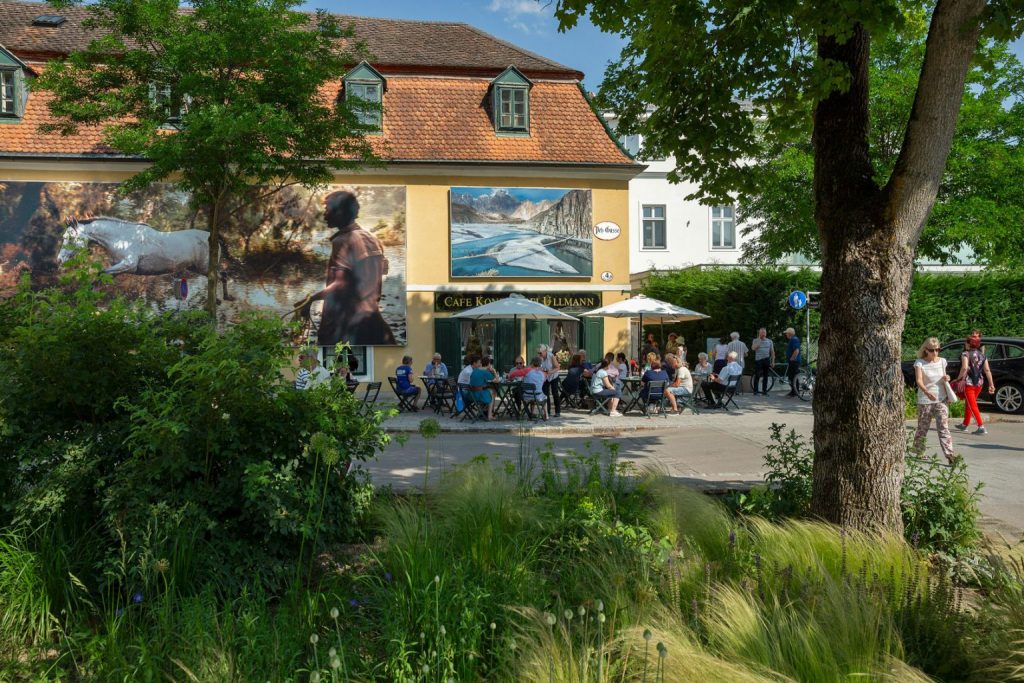
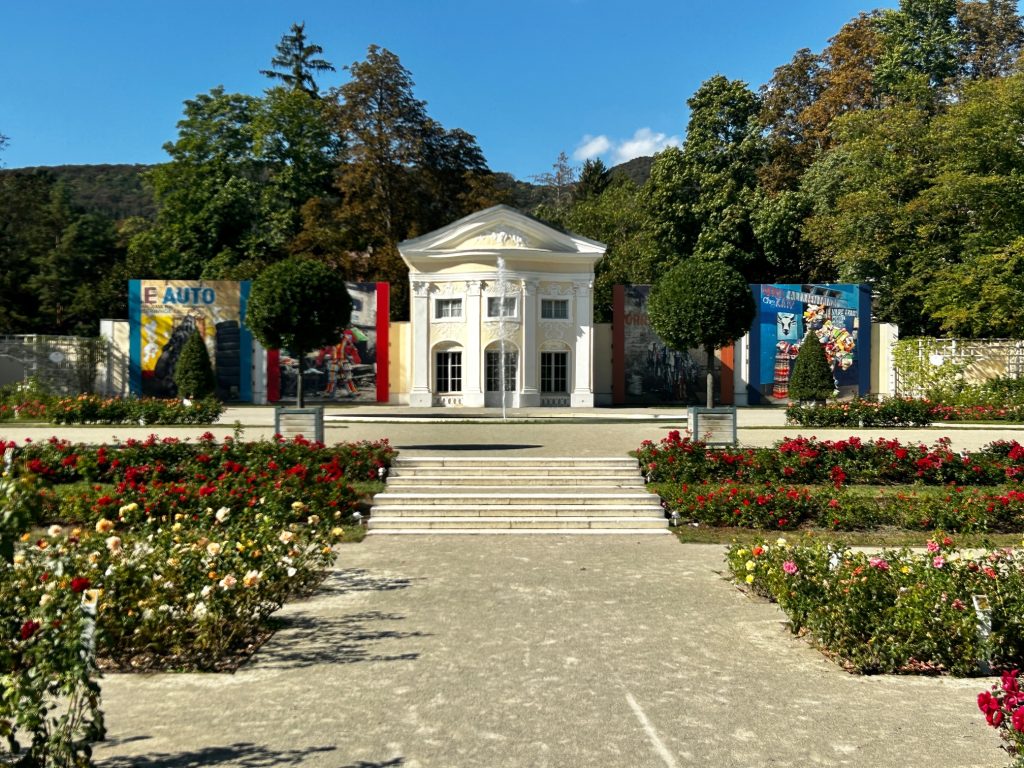
And the photographs… inspiring or what? I was particularly impressed by some of the art coming out of Kinshasa. I know Sarah Ndele created ‘Plastic Suit’ and it may well be that she did ‘Cigarette Butt’. Unfortunately, I misplaced what few notes I thought to make at the time and I’m writing this blog over a month after leaving Austria. I recall there were a series of photos by an artists collective in Kinshas which makes costumes from the city’s waste so as to draw attention to environmental pollution. They were striking.

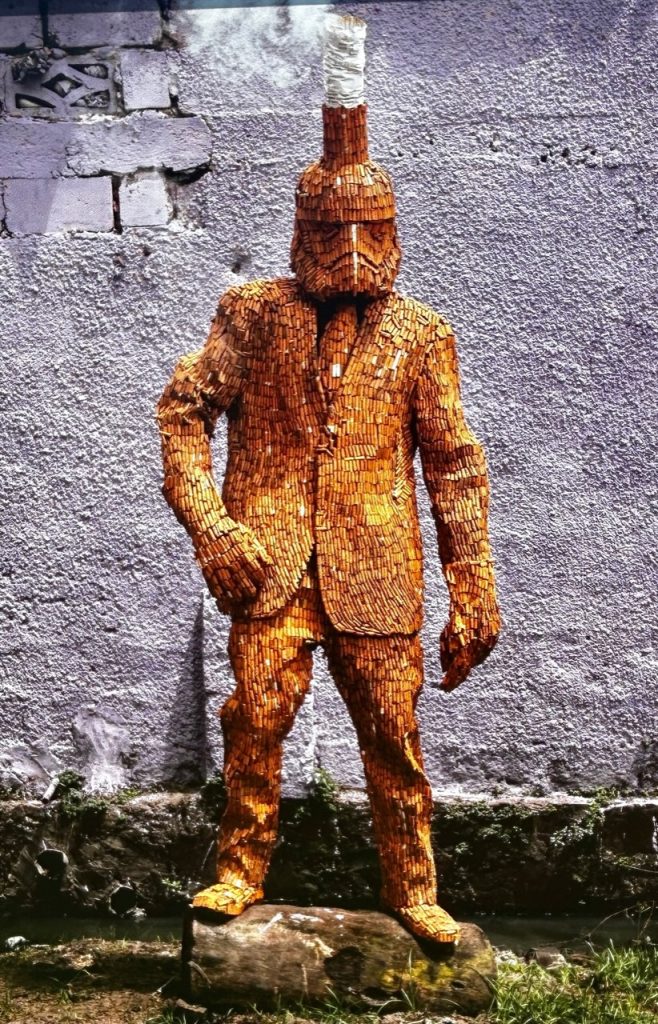
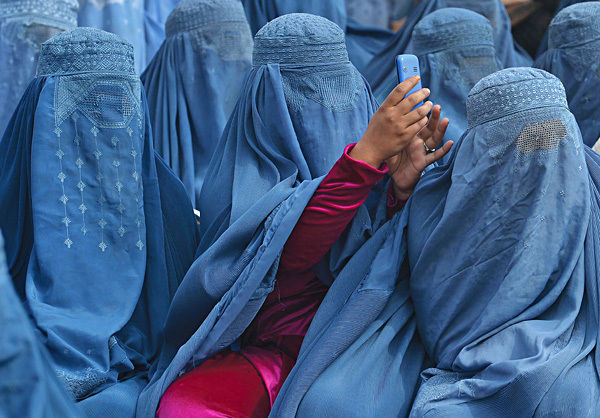
Loved this photo by Shah Marai (Afghanistan)…
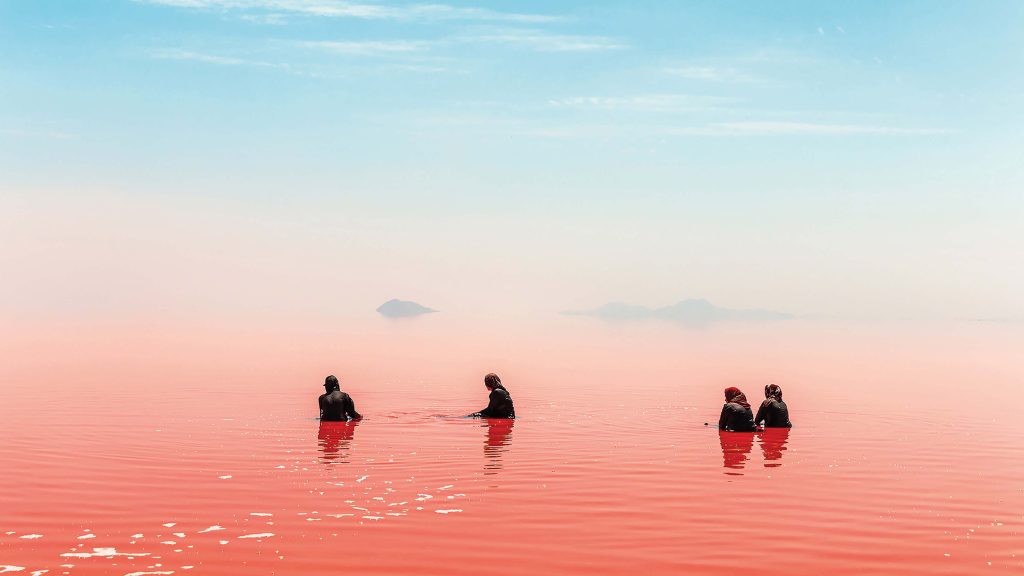
… and this by Ebrahim Noro. There were so many amazing photos.
And so to Lichtenworth, a small rather unexceptional town down near Wiener Neustadt, but it has a fine heurige serving good food (albeit very slowly) and even better wine although I was driving and had to limit myself to half a small mug of young wine – and we were there for almost 3 hours!
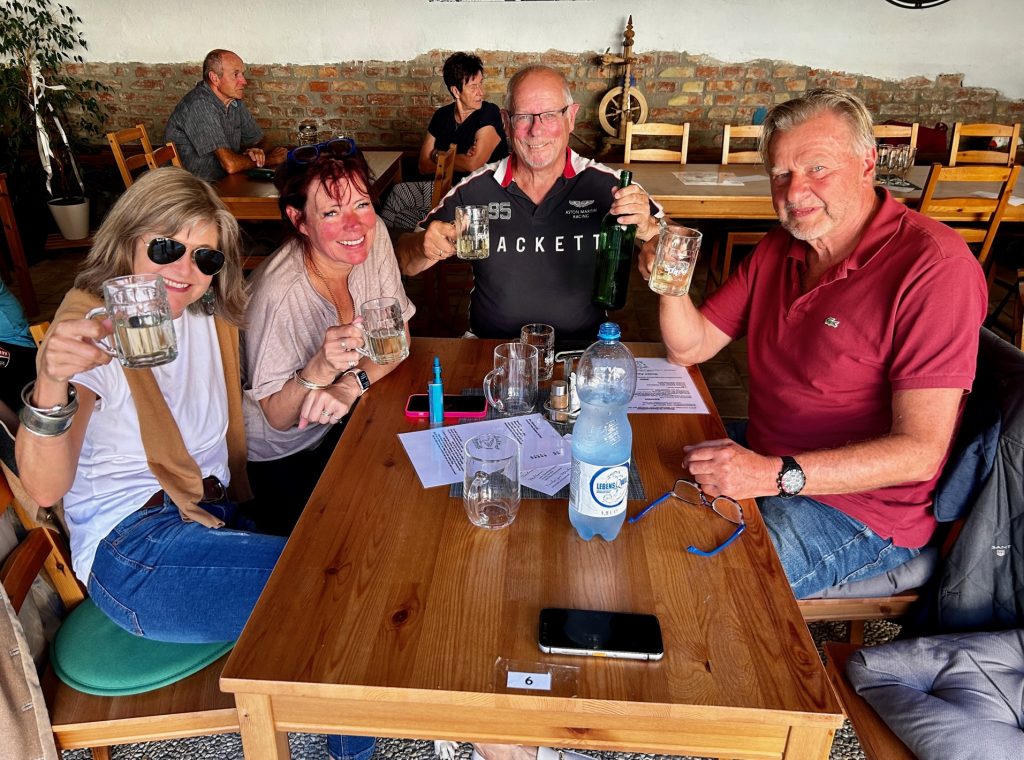
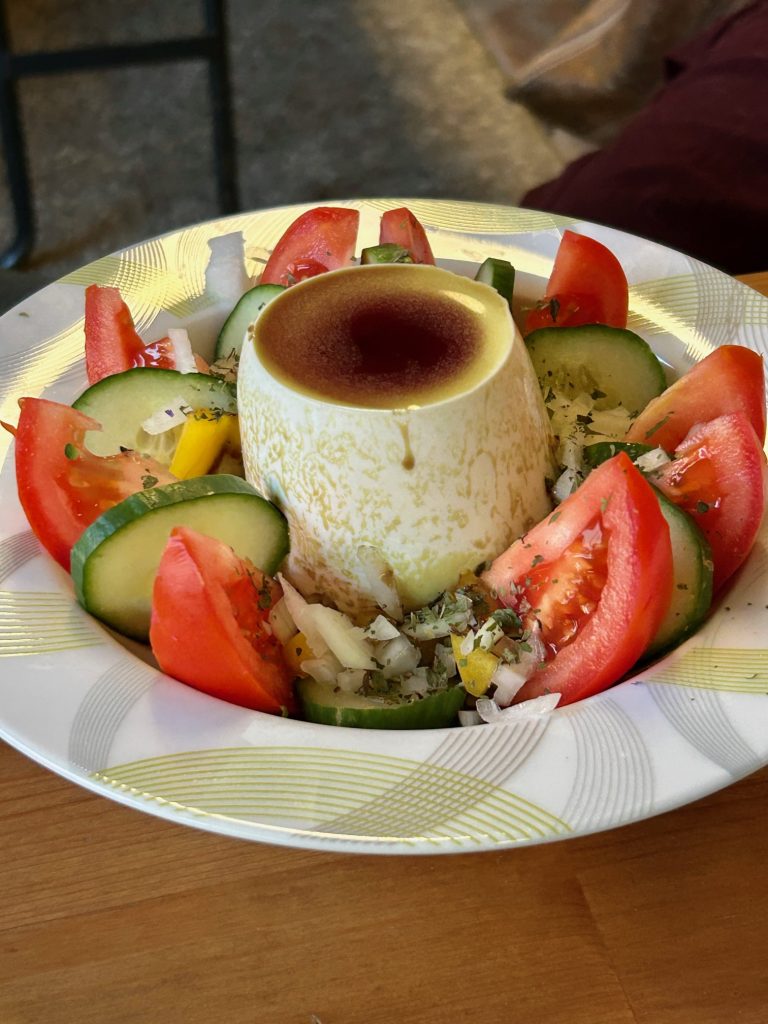
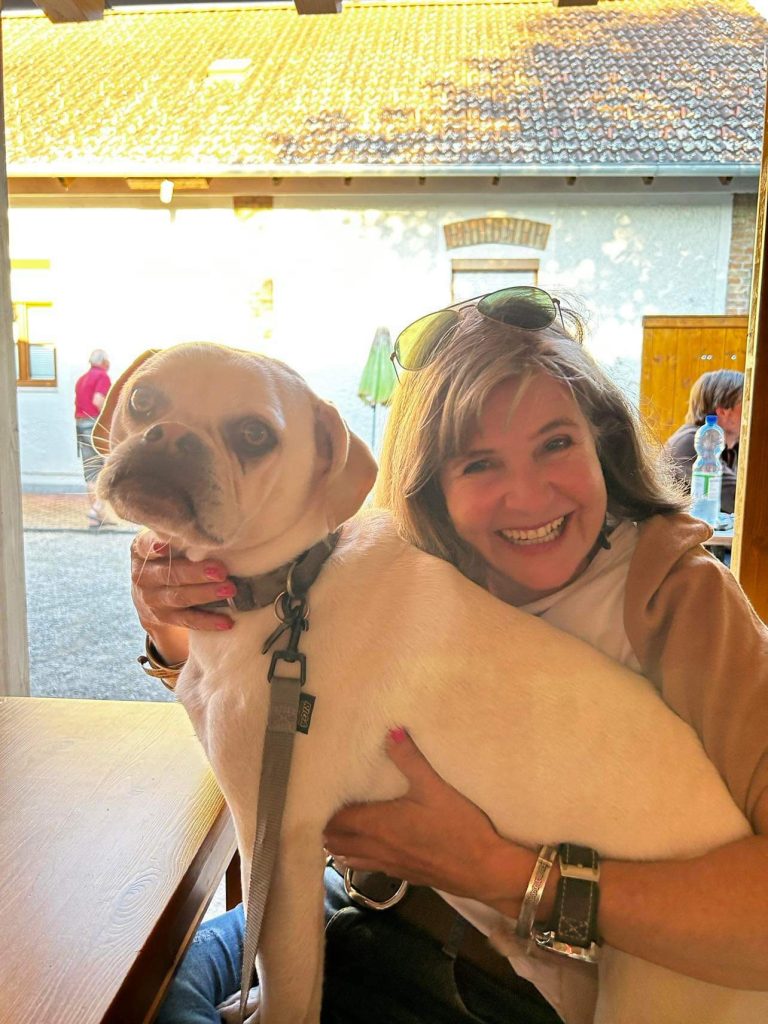
It’s Italy next but we’ll stop off in Carinthia on the way.

